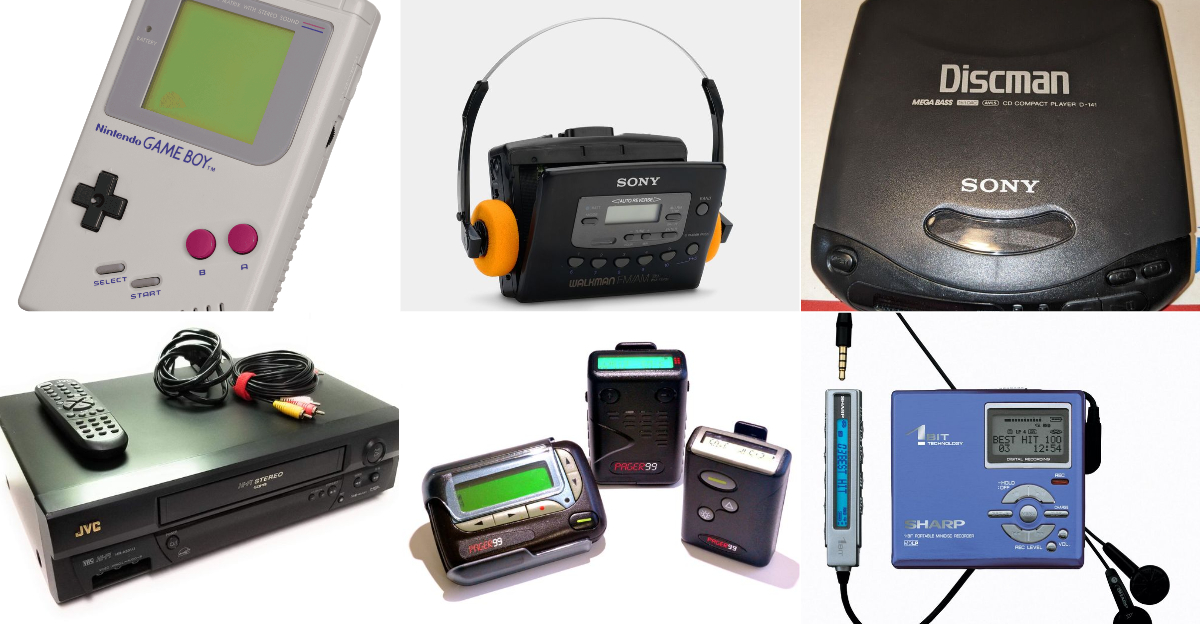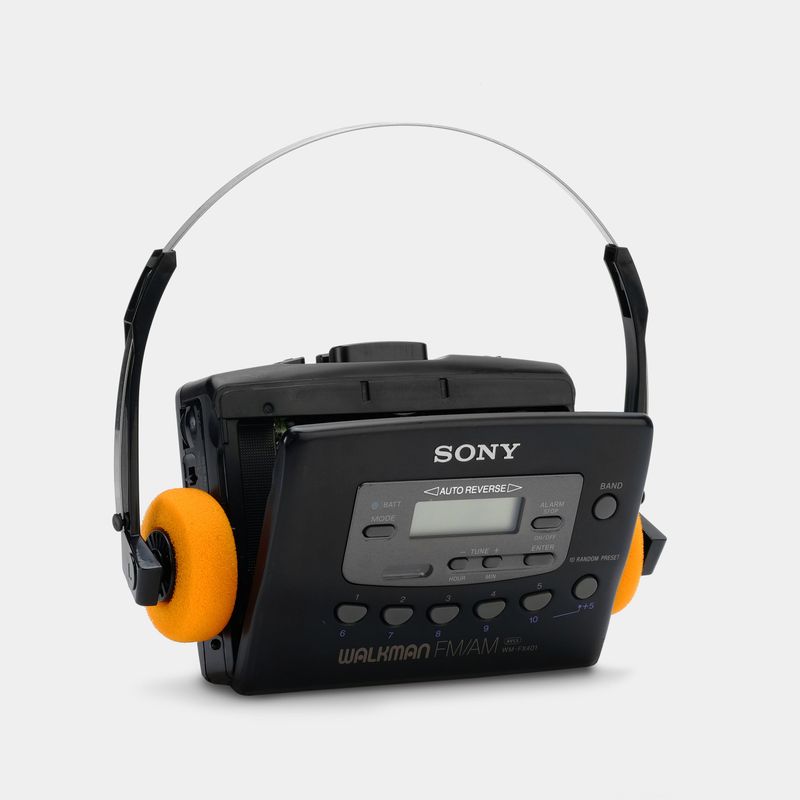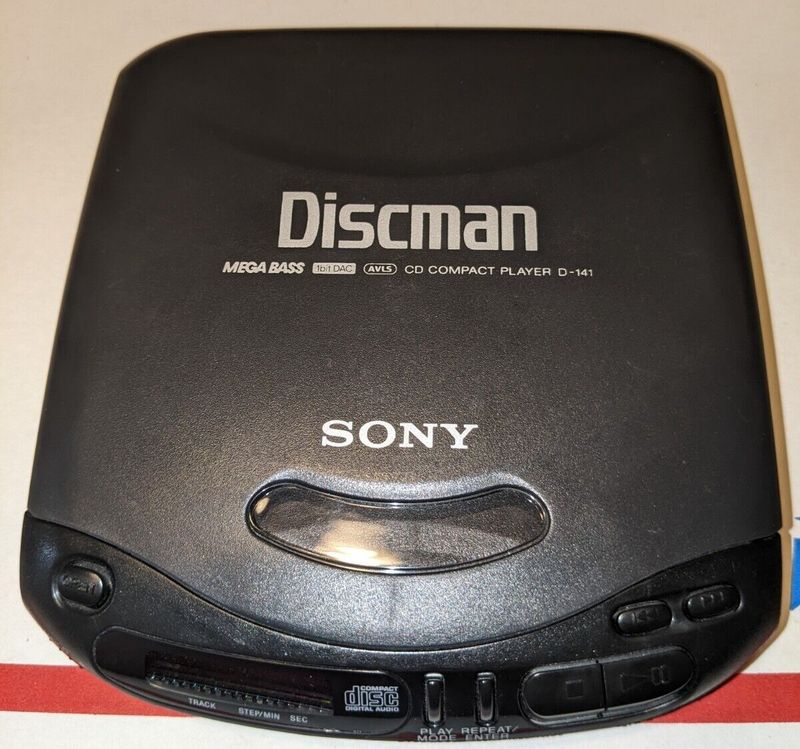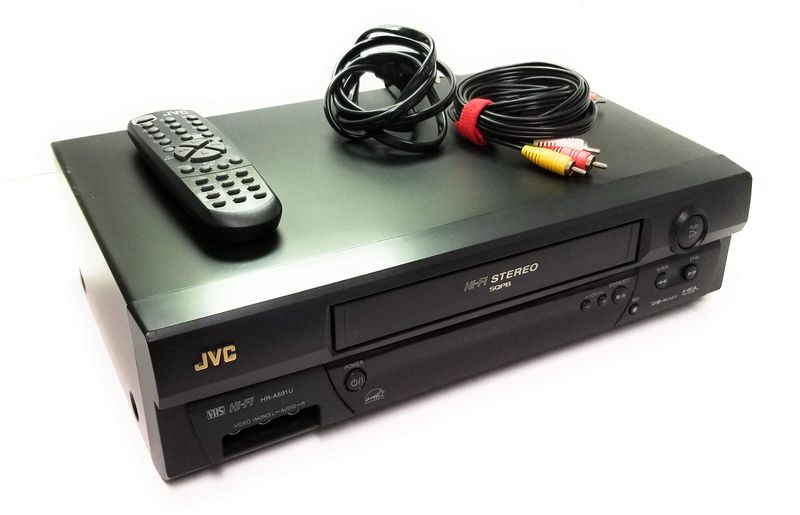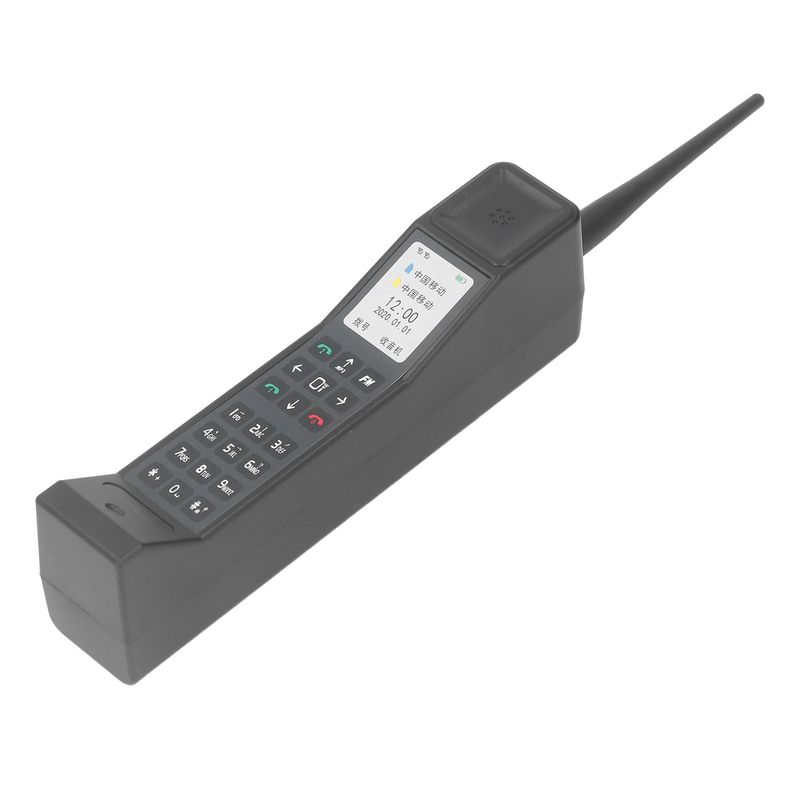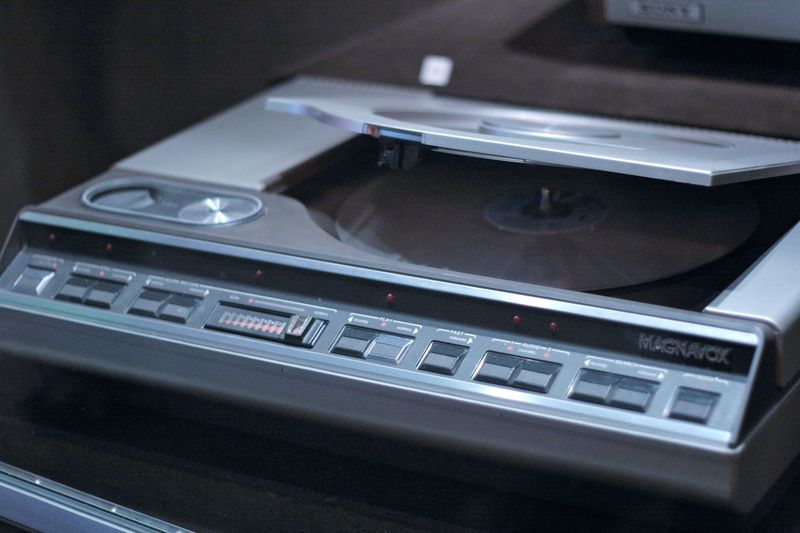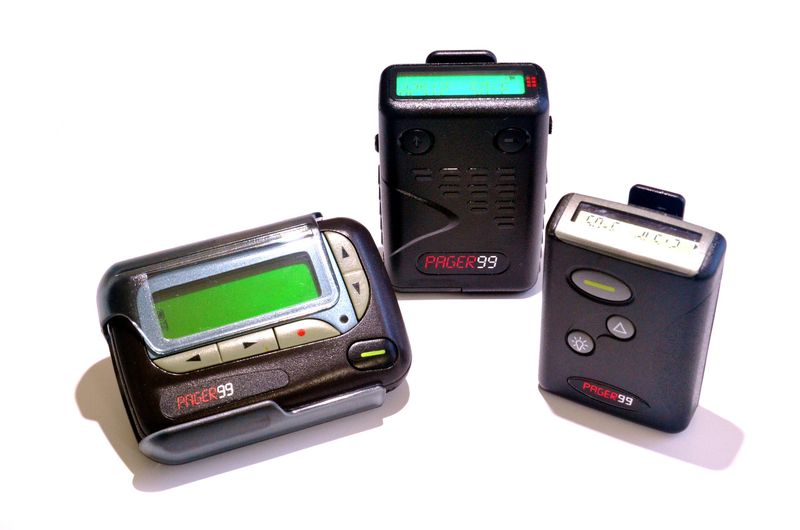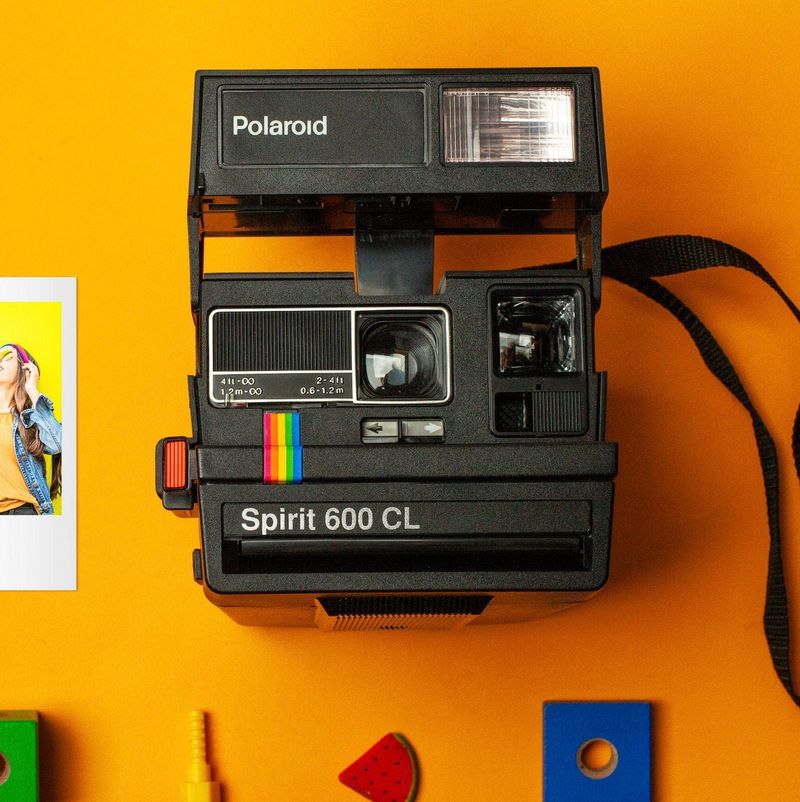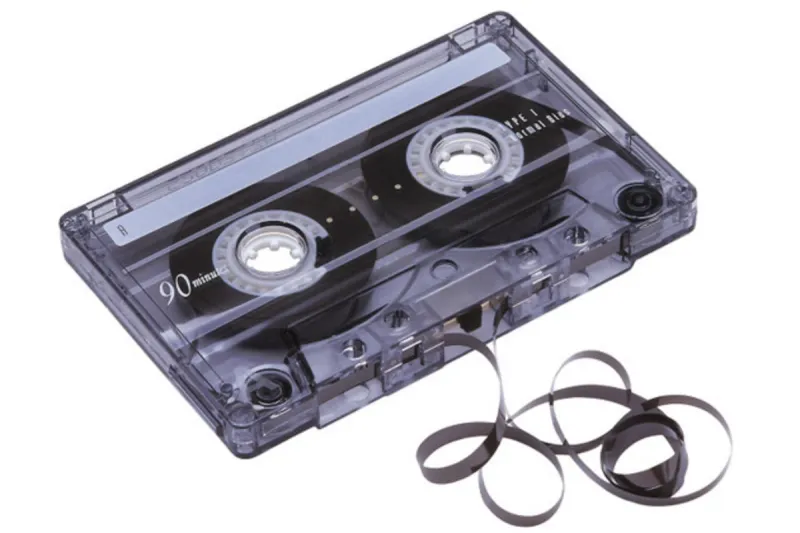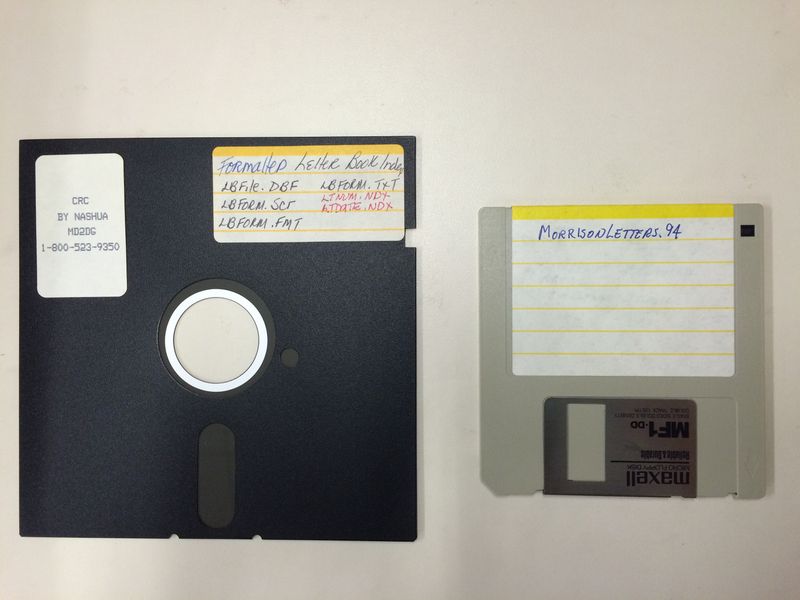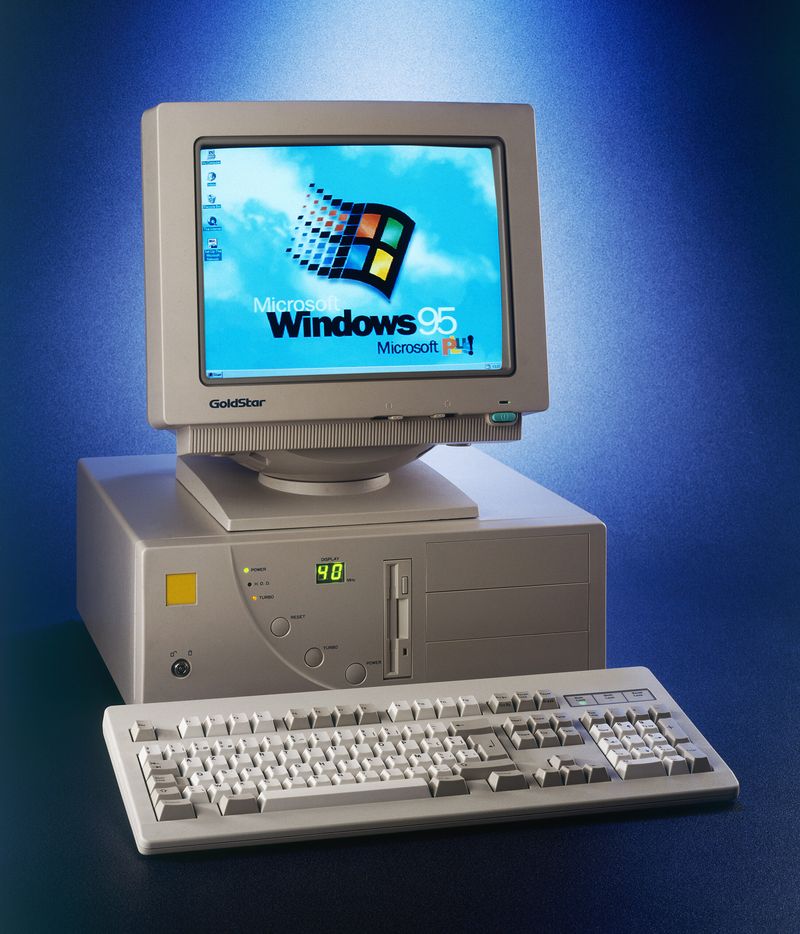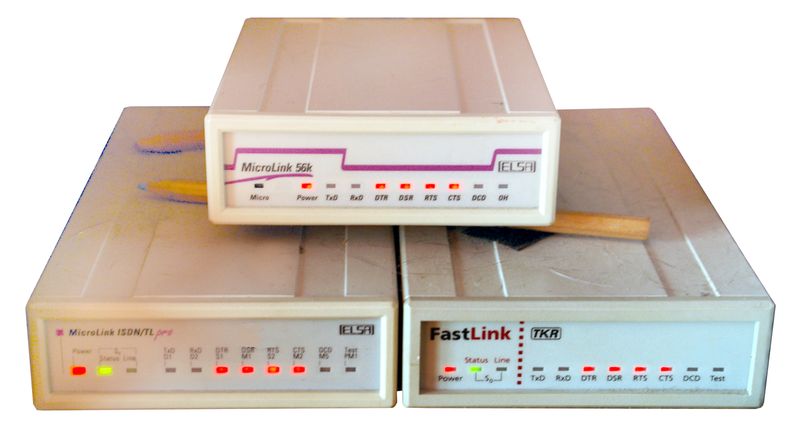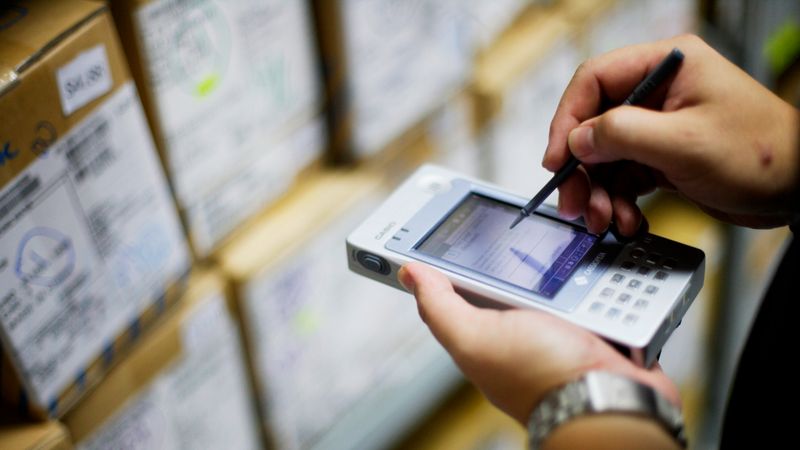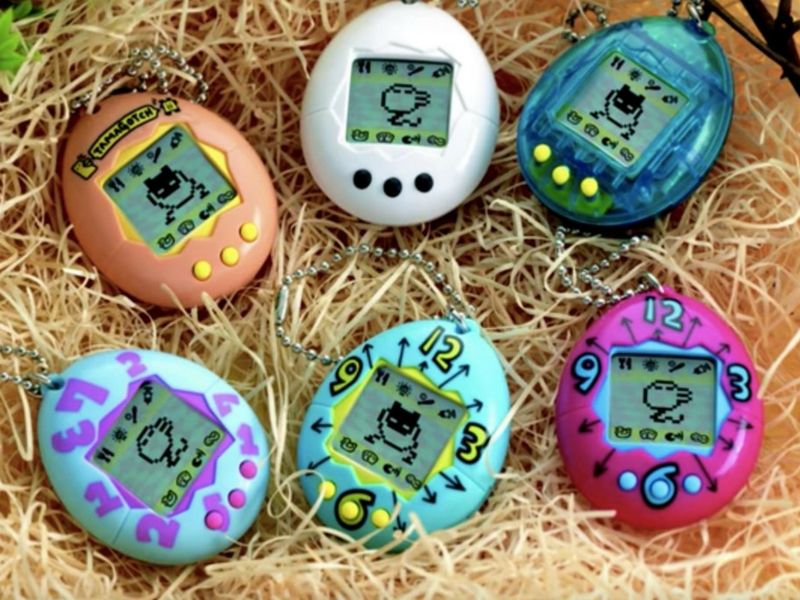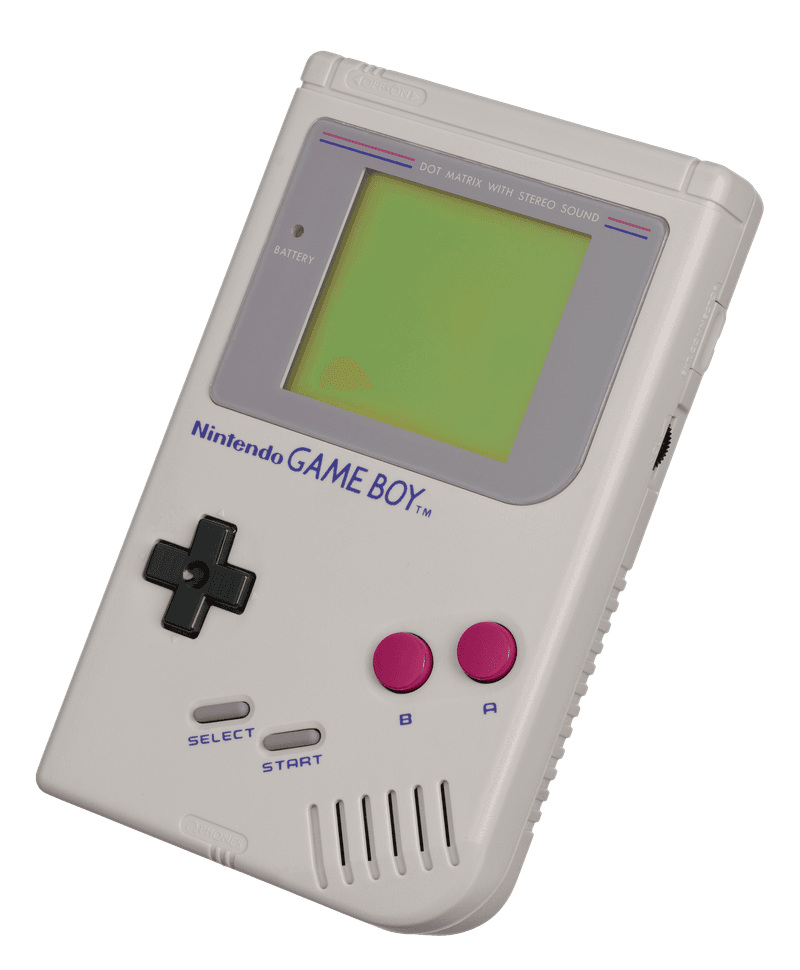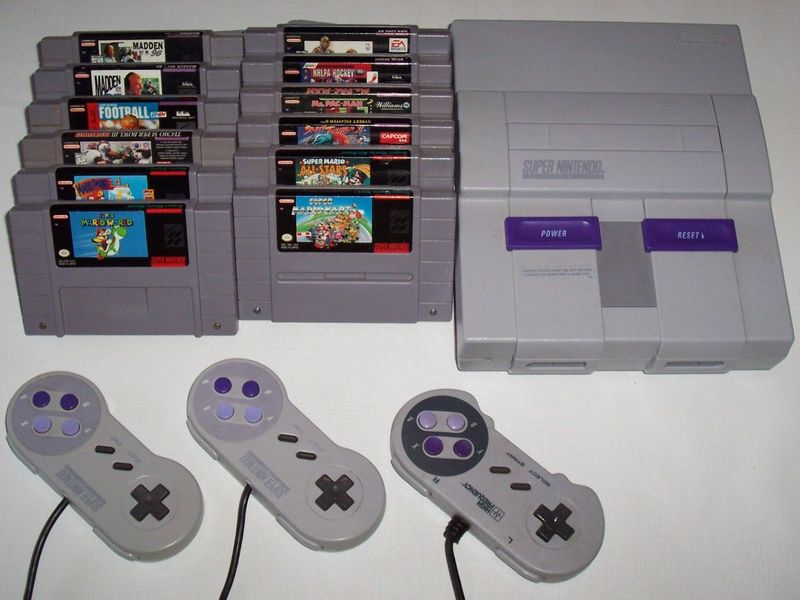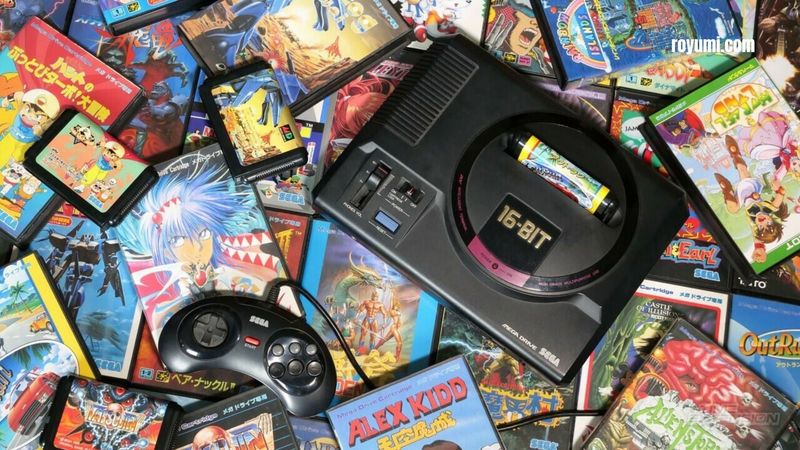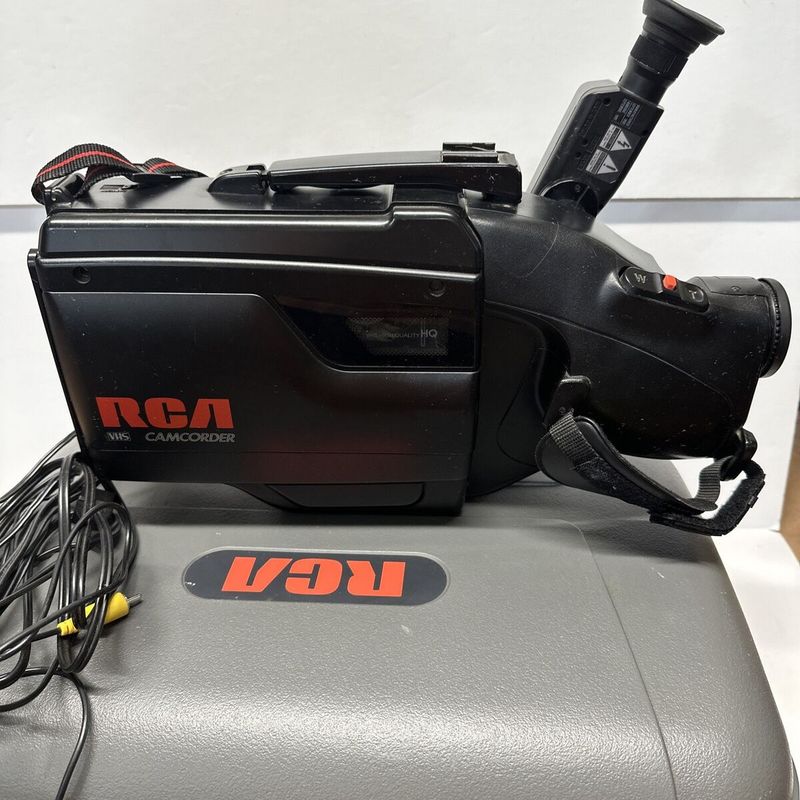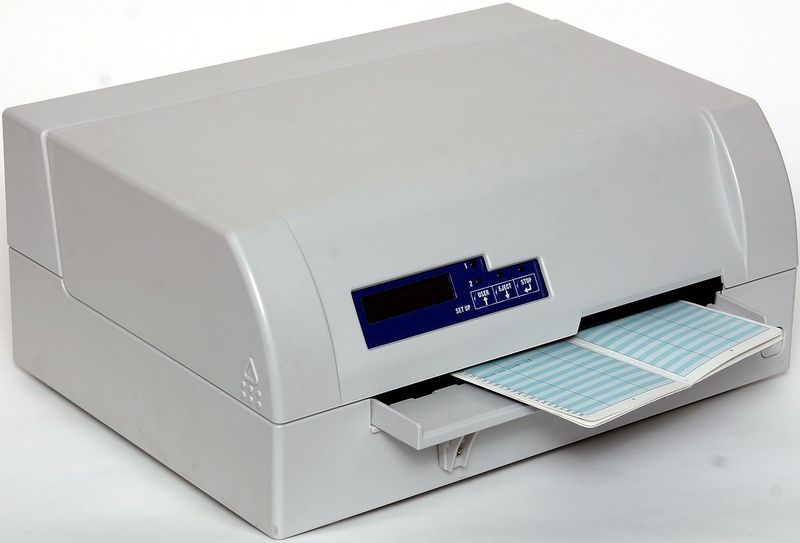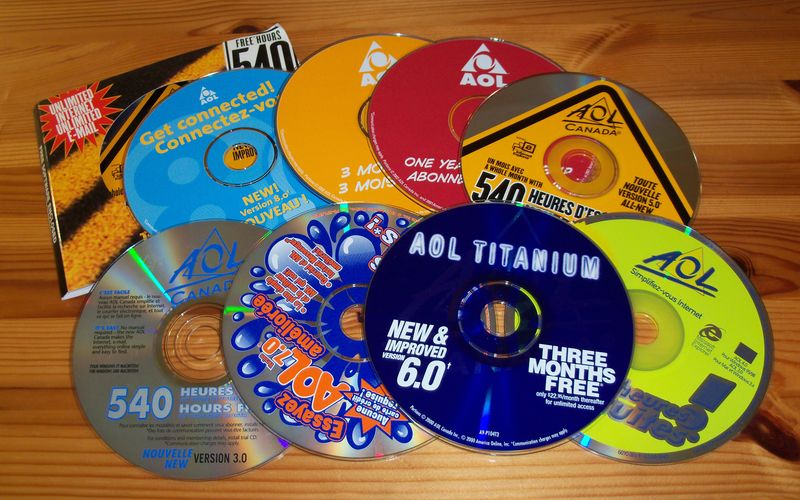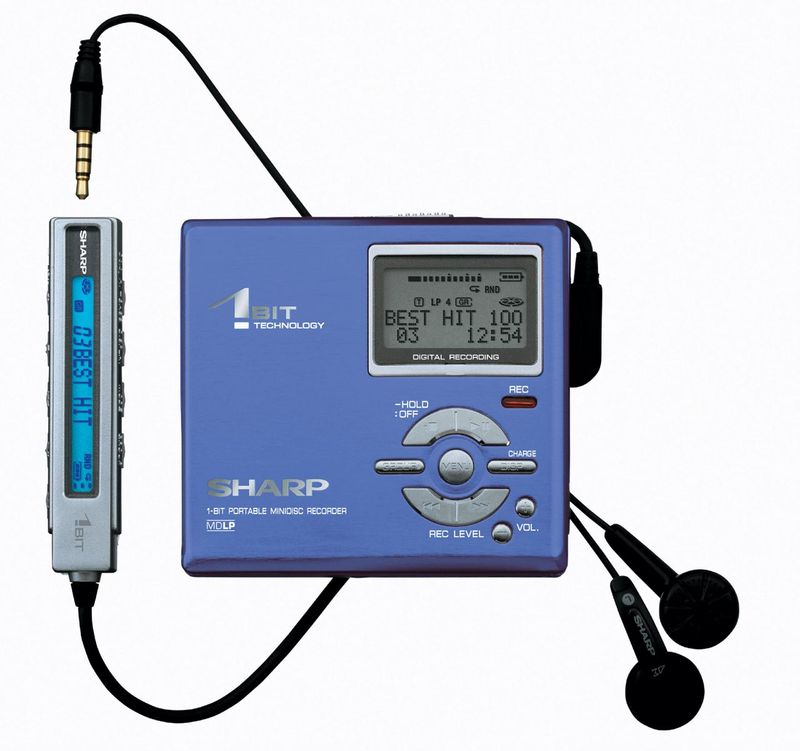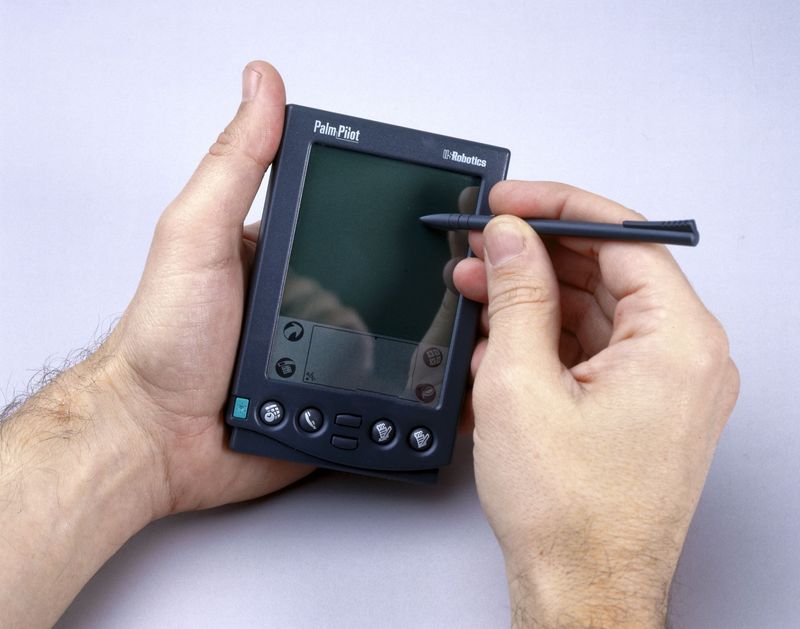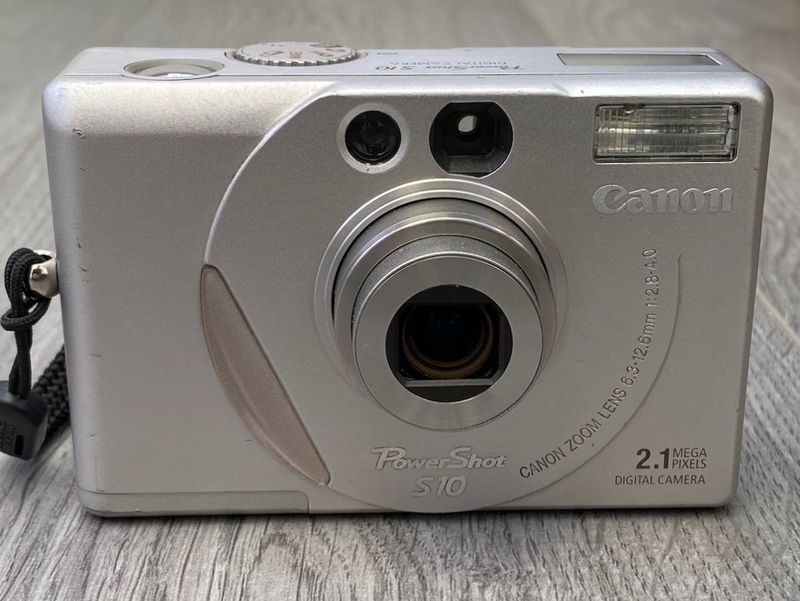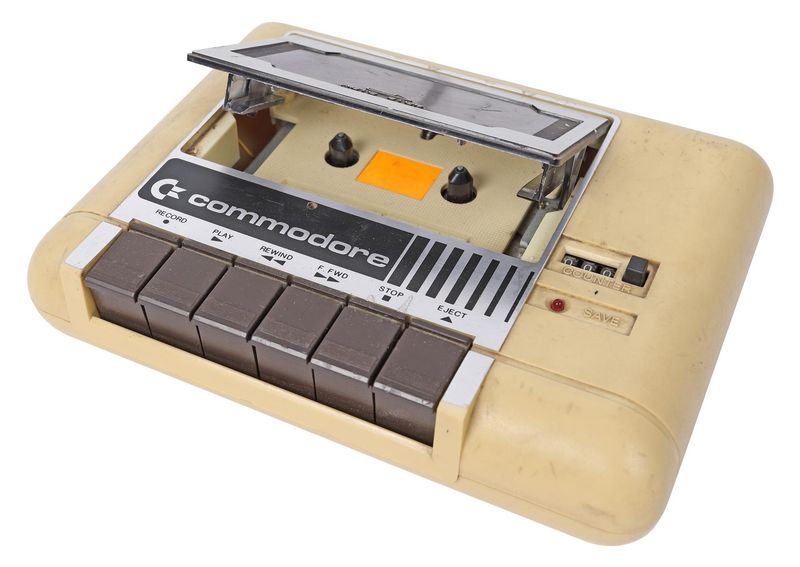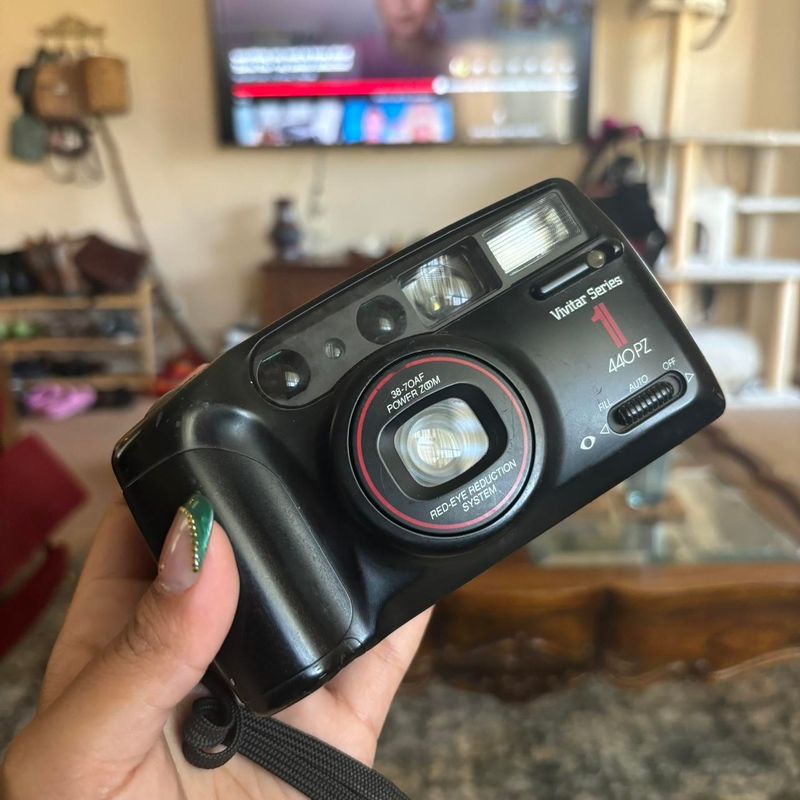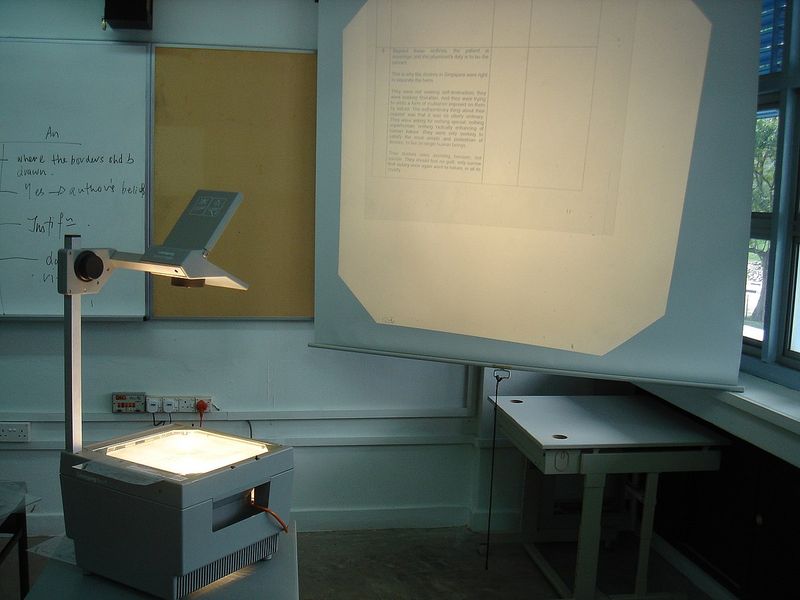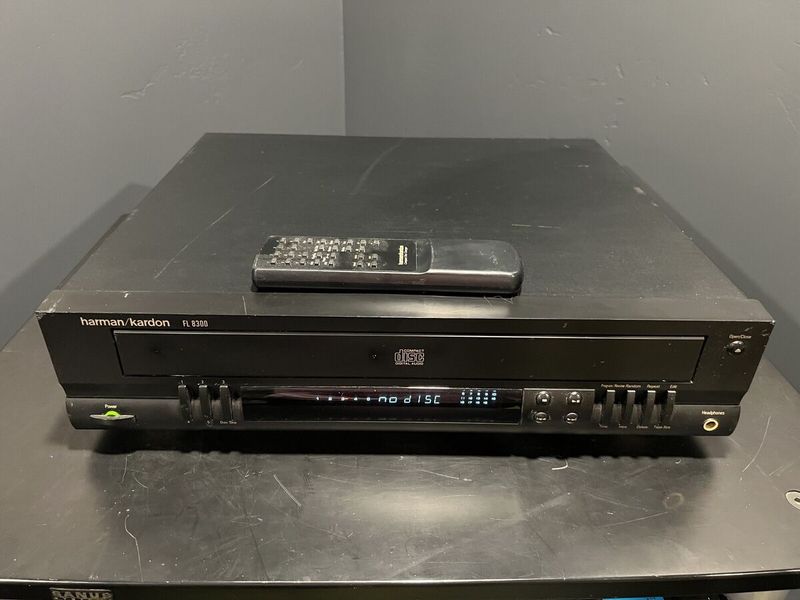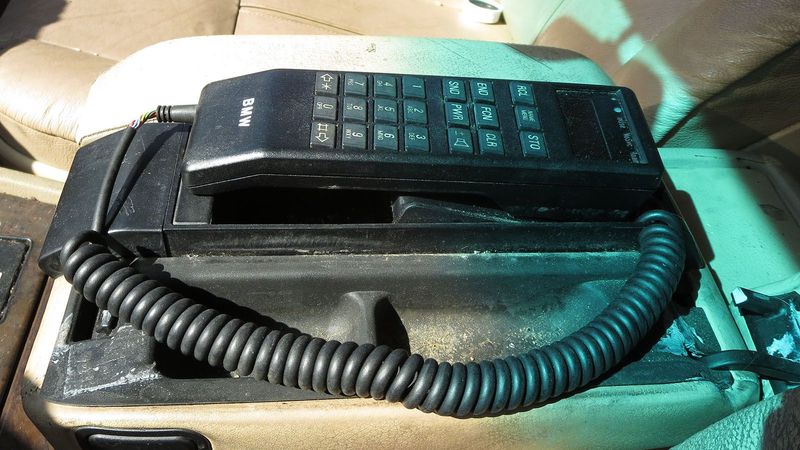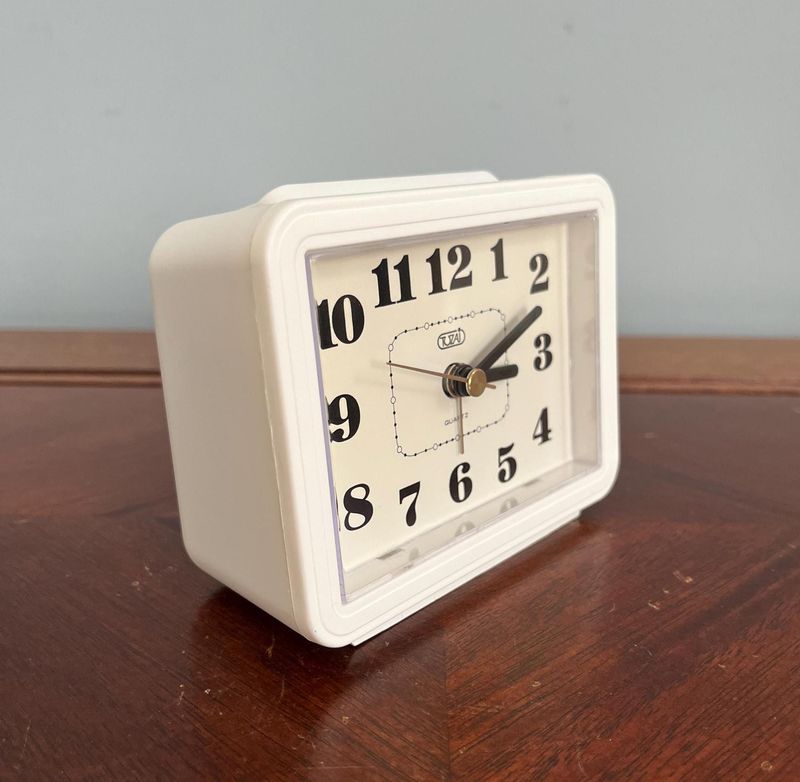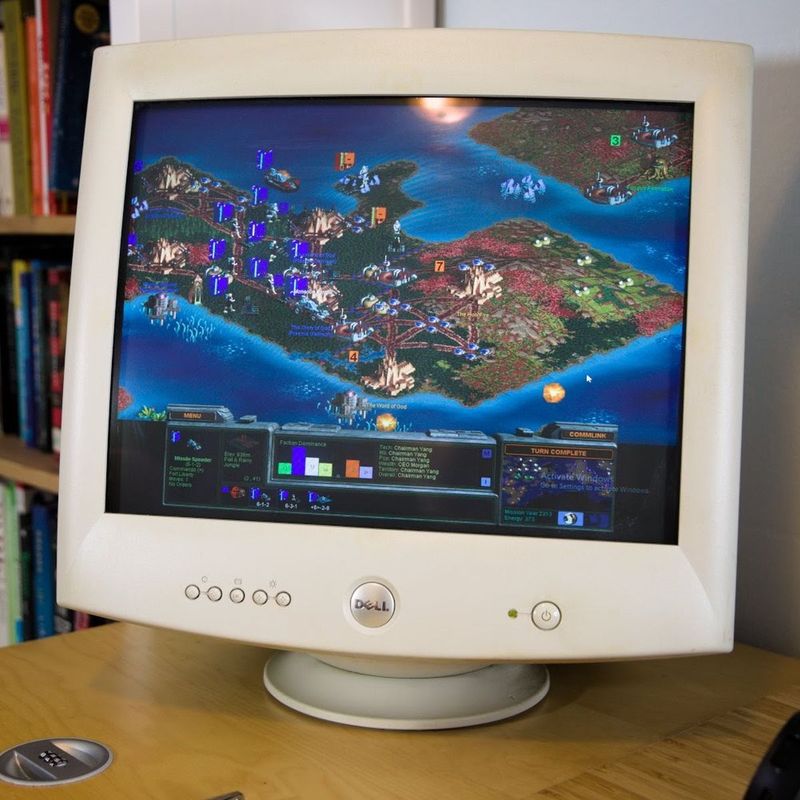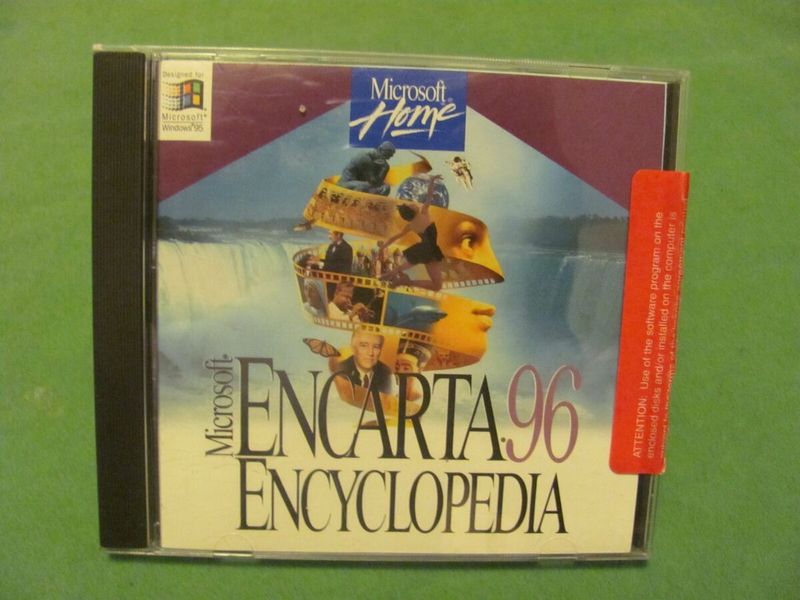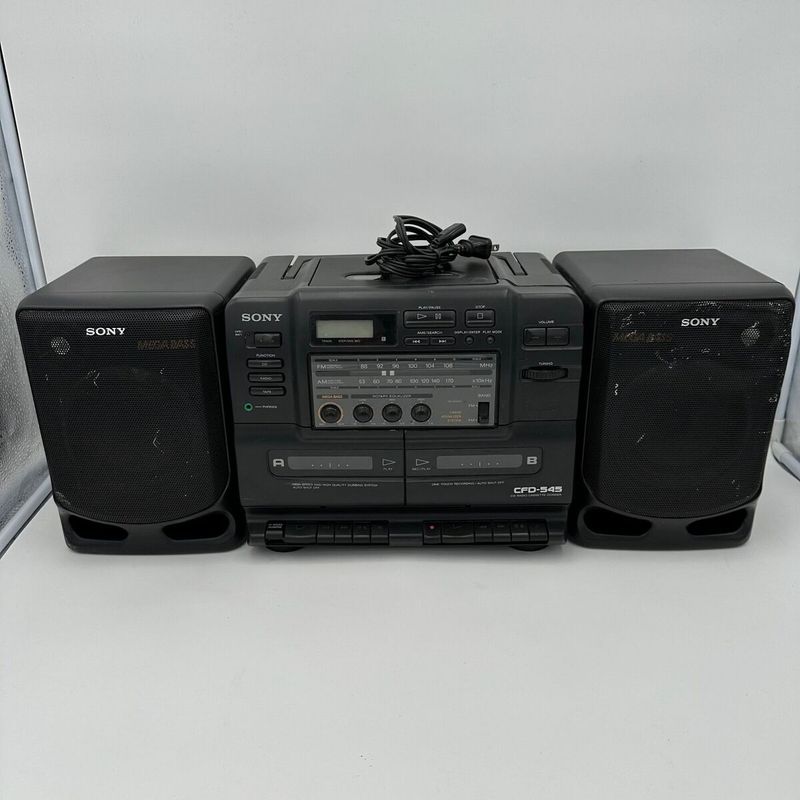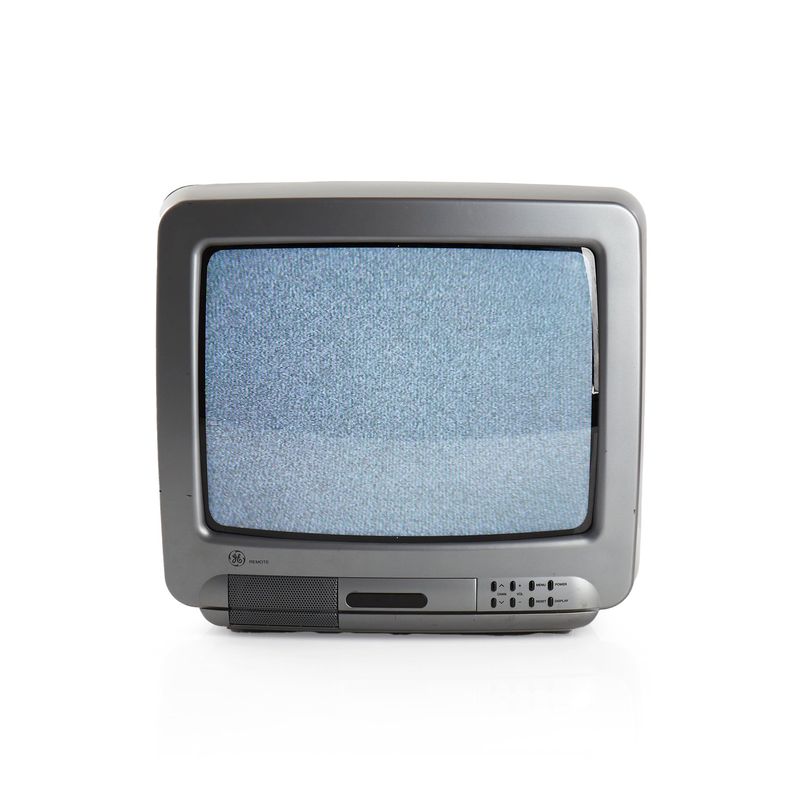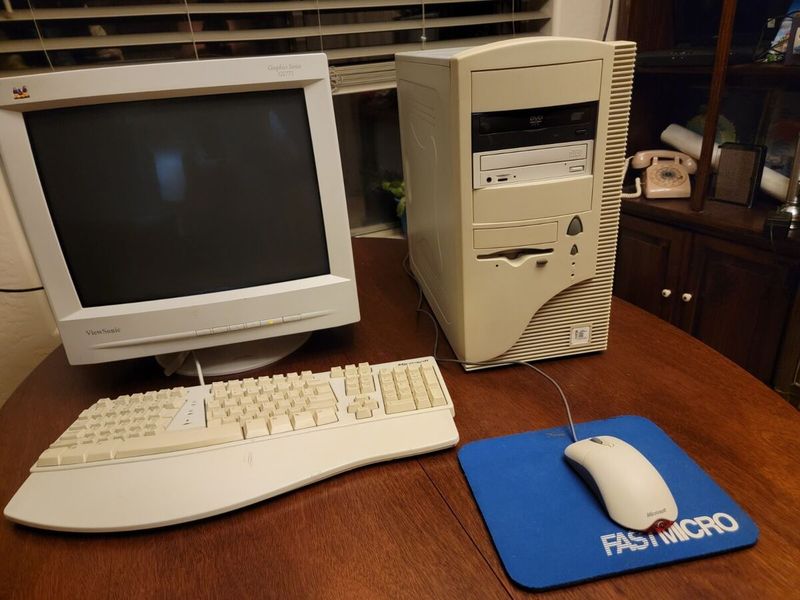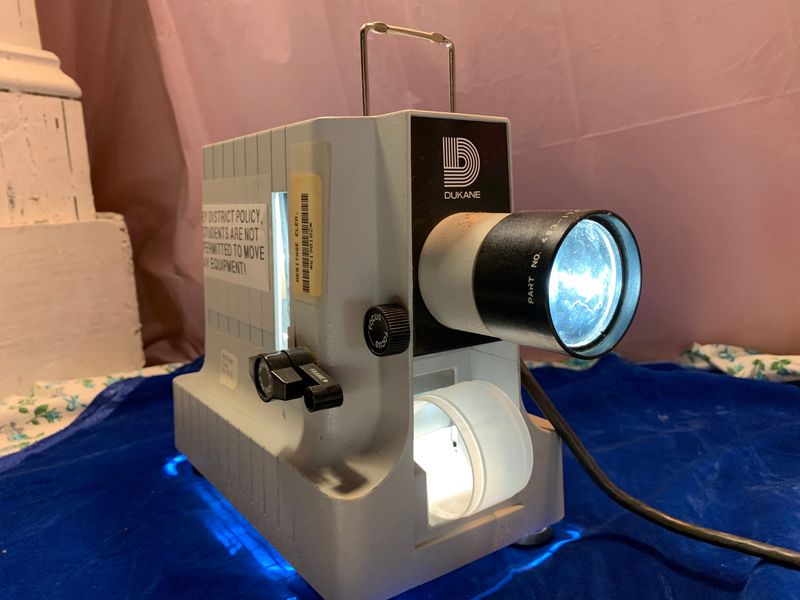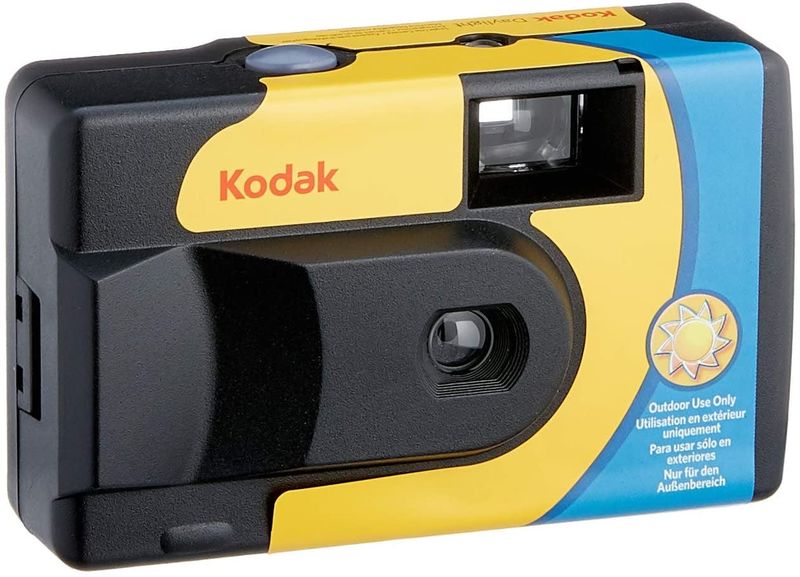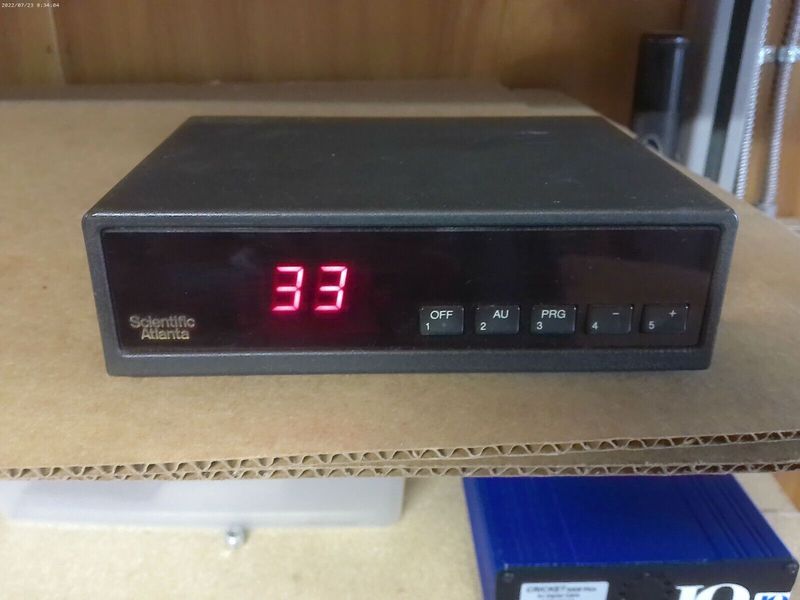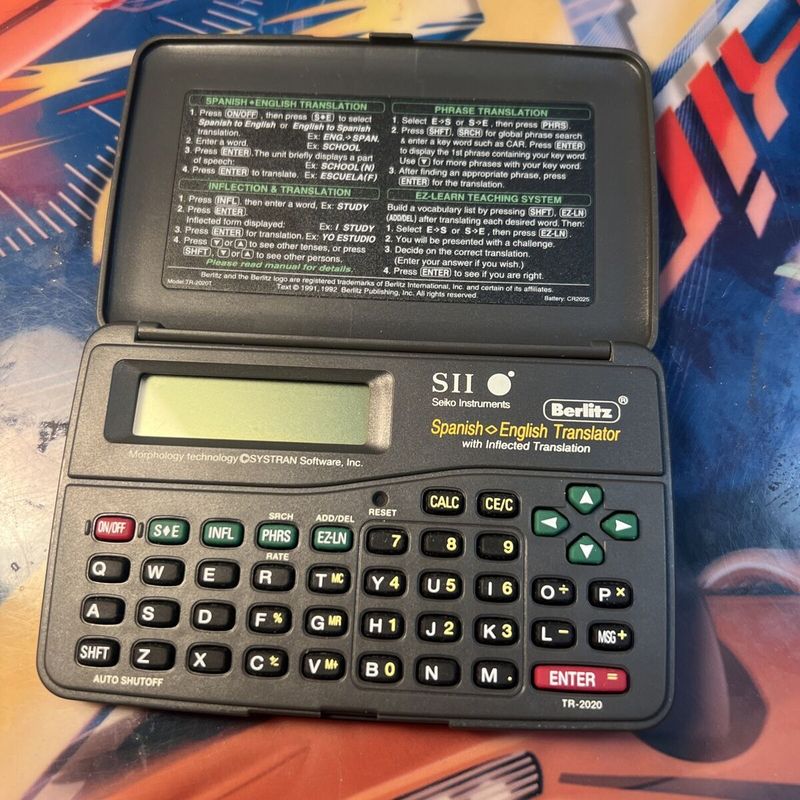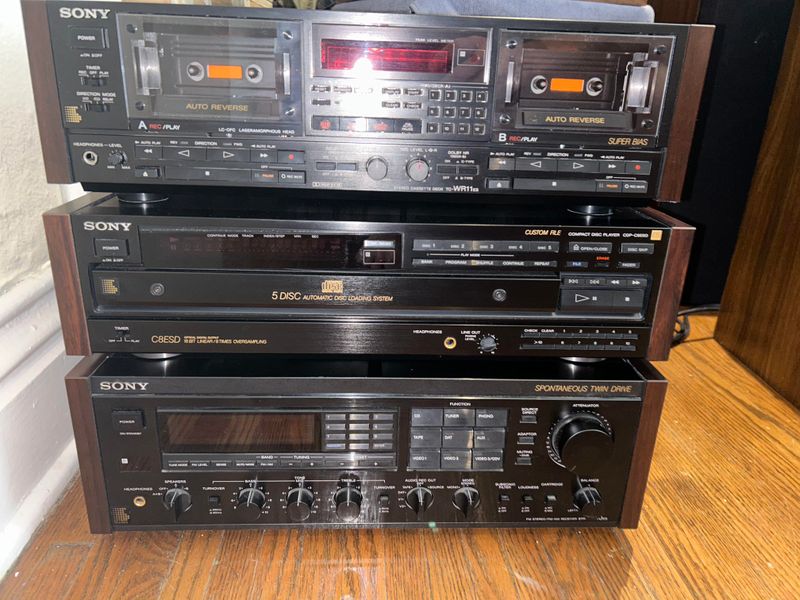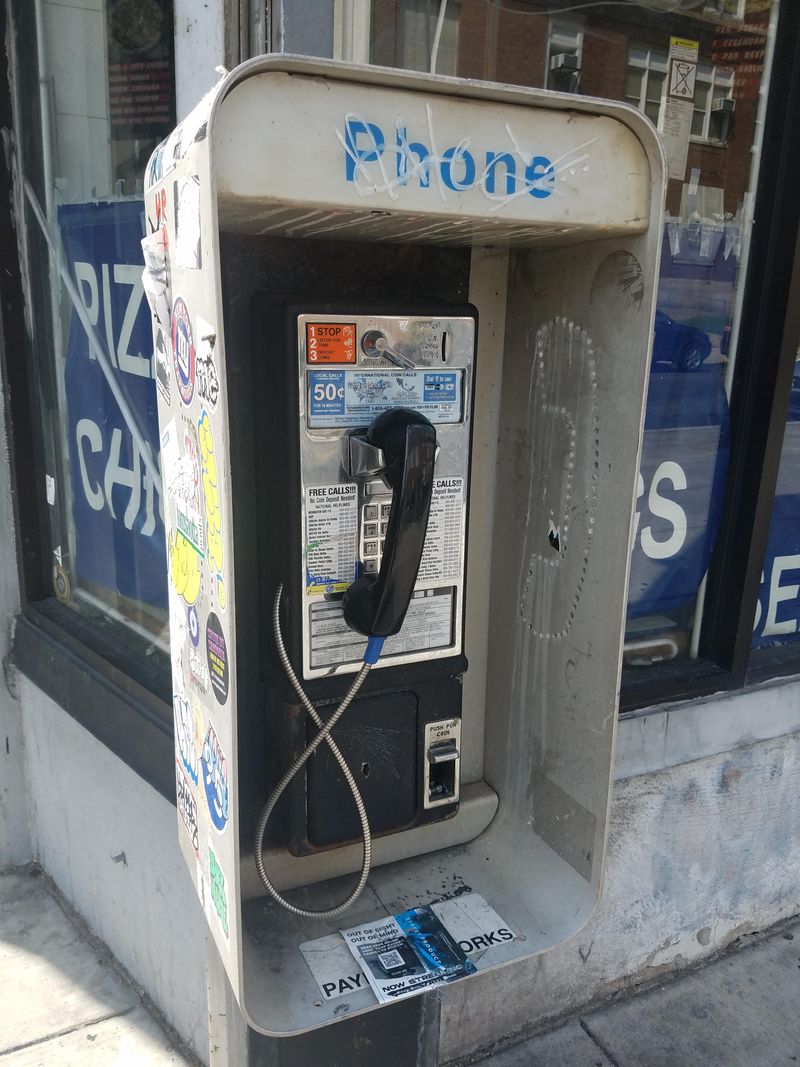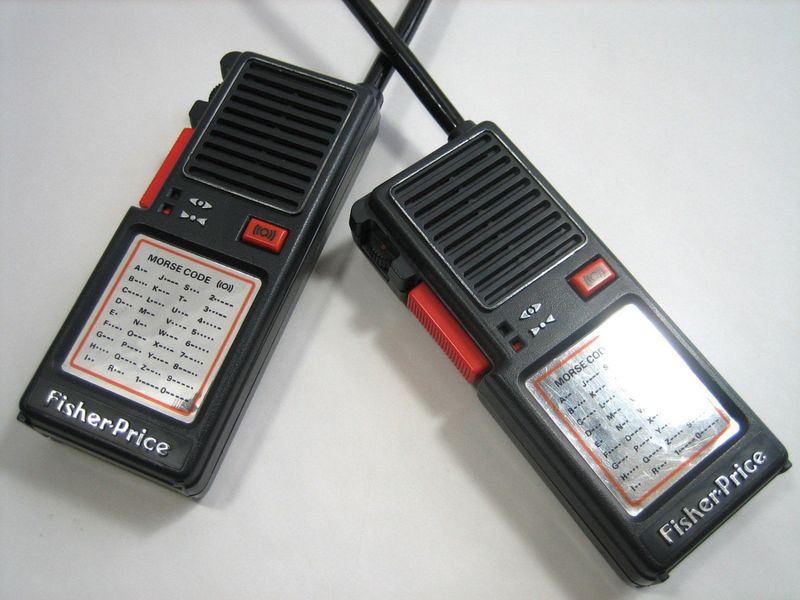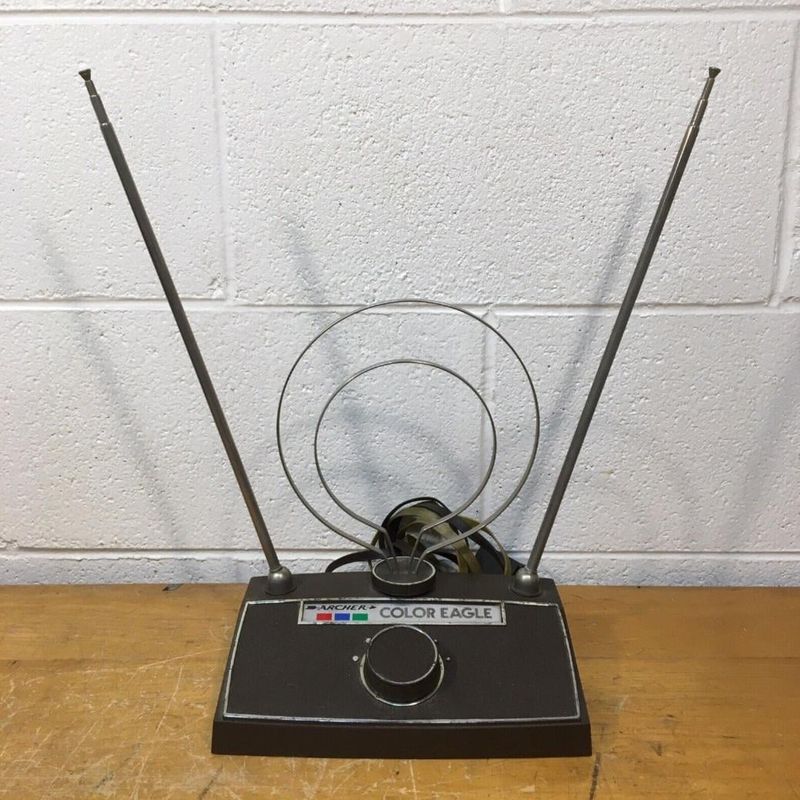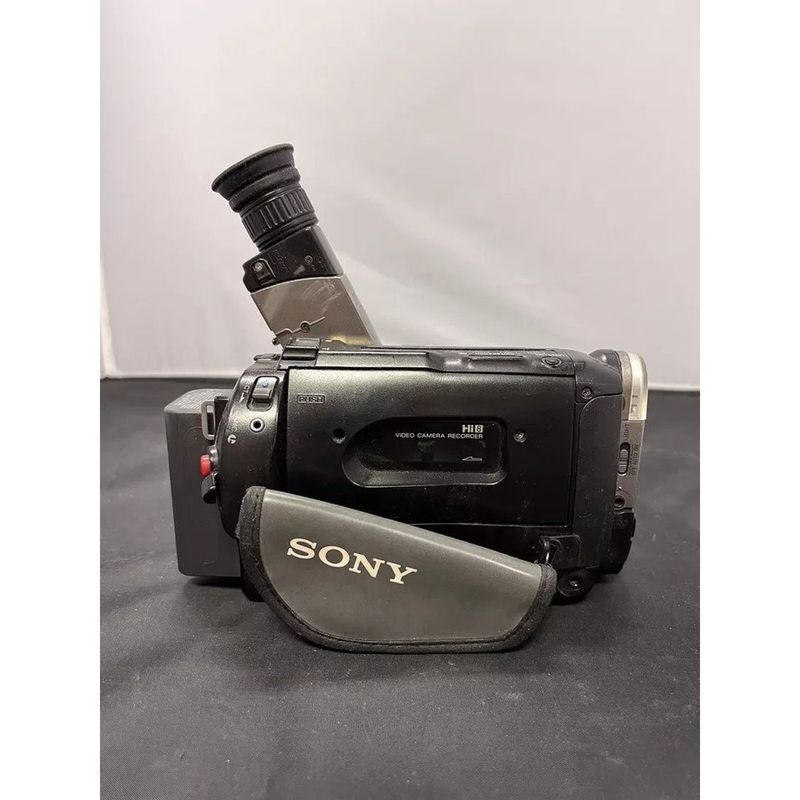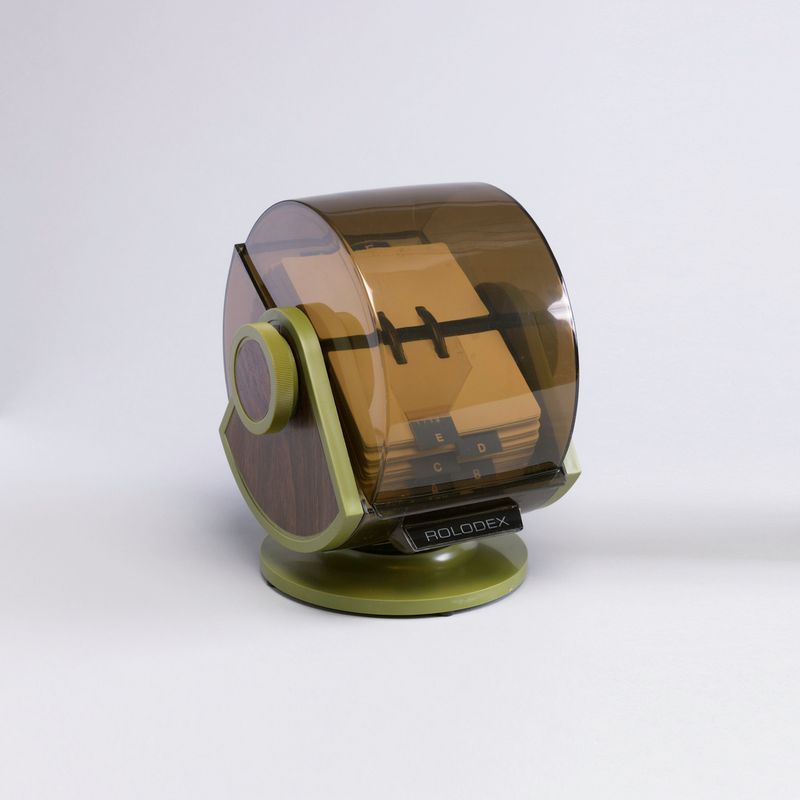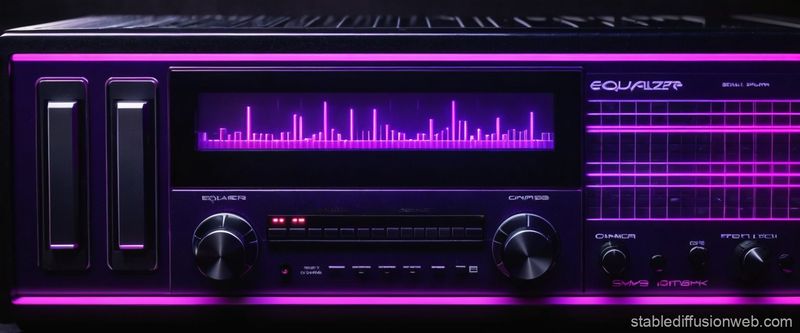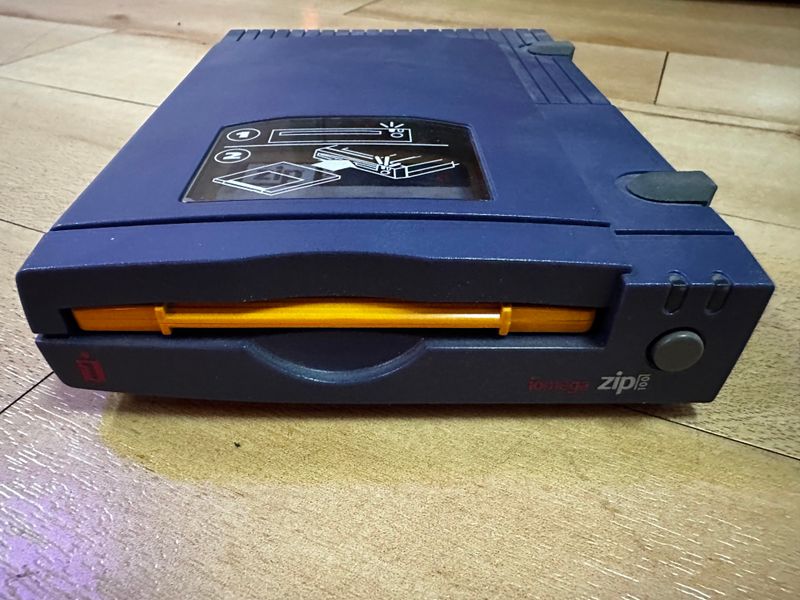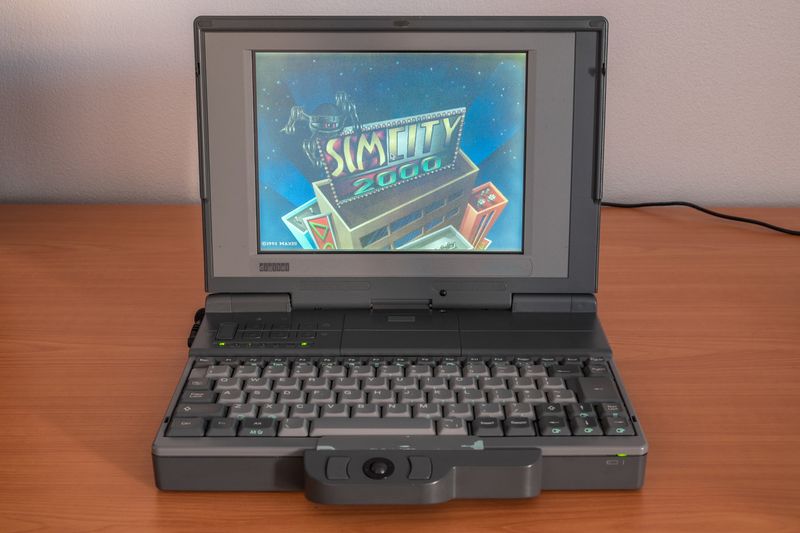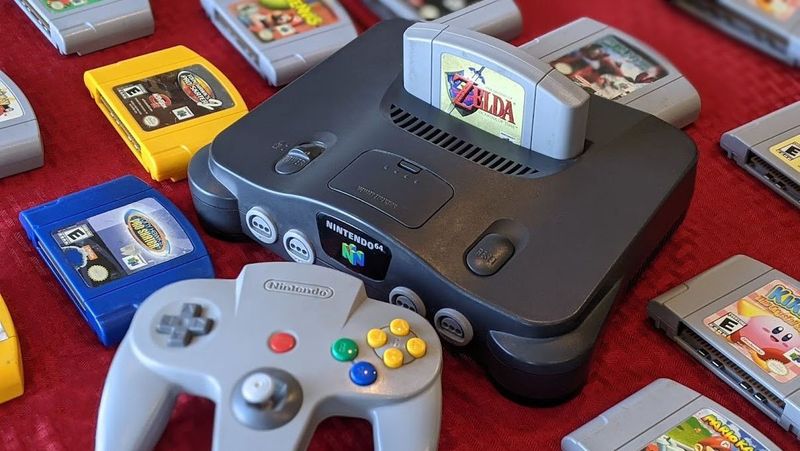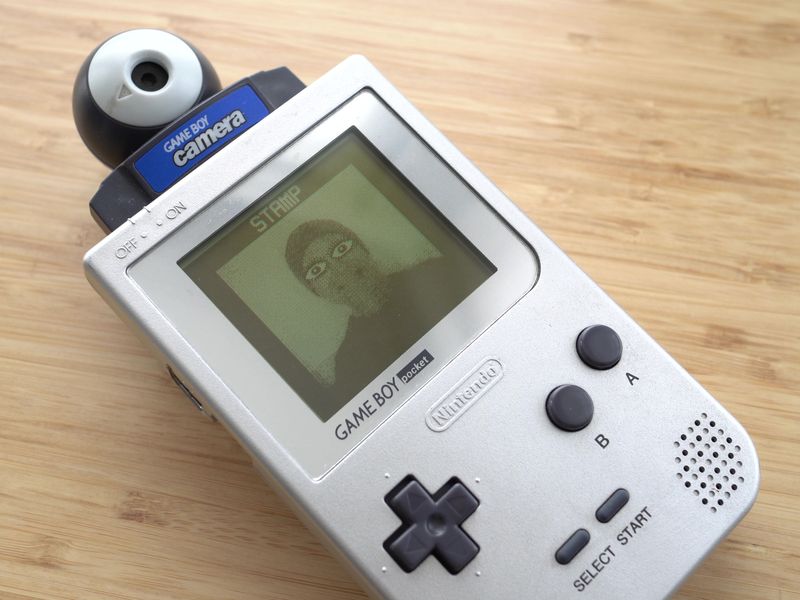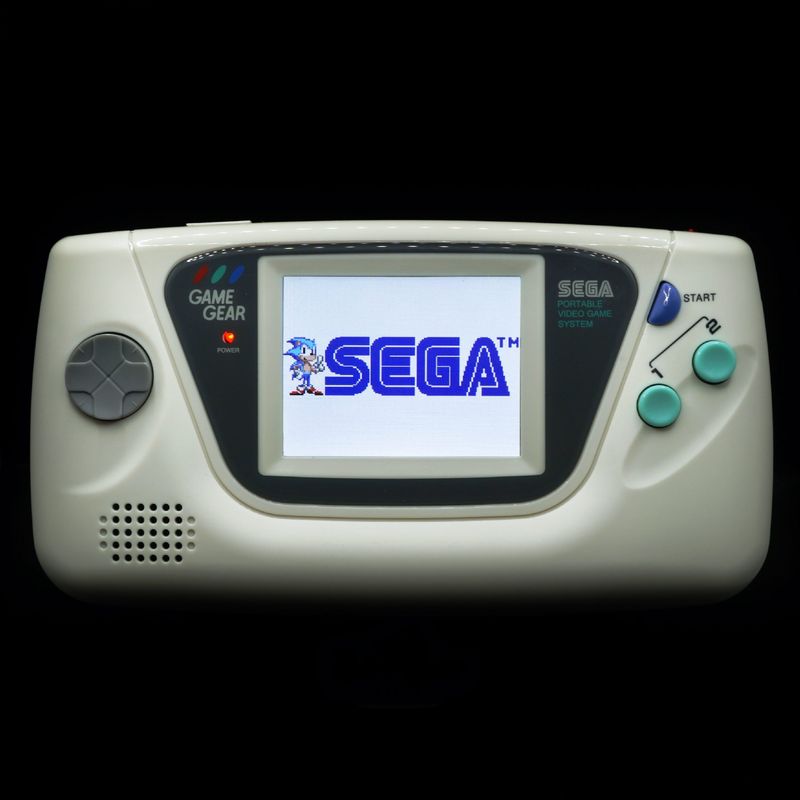The 1990s were a vibrant decade full of technological advancements that shaped our youth and left a lasting impression on our lives.
In this blog post, we’ll take a nostalgic journey back to the era when technology was beginning to make its way into our everyday lives.
From portable music players to early digital communication tools, these 50 retro technologies capture the essence of a time when innovation was both exciting and tangible.
1. Sony Walkman (Cassette Version)
The Sony Walkman was the quintessential portable music player of the 90s, allowing us to carry our favorite cassette tapes wherever we went. It was stylish, compact, and came in various colors.
Many teens of the era spent hours creating mixtapes to play on their Walkman, customizing each tape with handwritten labels.
The headphones were often as iconic as the device itself, providing a private listening experience that felt revolutionary at the time. While today we have streaming services, the tactile sensation of inserting a cassette and pressing play is a memory many cherish.
For anyone who grew up during this time, the Walkman represents more than just music; it symbolizes a personal soundtrack accompanying every adventure.
2. Portable CD Players (Discman)
Portable CD players, known as Discmans, brought the digital clarity of CDs to our ears, revolutionizing how we listened to music. Unlike cassettes, CDs offered skip-free tracks, though jogging with a Discman required a steady hand until anti-skip technology improved.
The device itself was sleek, with a futuristic aesthetic that felt cutting-edge. Music lovers often carried a small CD wallet to hold their precious albums, swapping discs to suit the mood of the moment.
Though smartphones have replaced these players, the joy of opening a case and selecting a CD was unparalleled. For many, the Discman was a gateway to exploring diverse musical genres.
3. VCRs (VHS Players/Recorders)
VCRs were the heart of home entertainment in the 90s, allowing us to watch movies at home and record our favorite TV shows. With the advent of VHS tapes, families could enjoy movie nights without leaving their living rooms.
The process of rewinding tapes became a ritual, as phrases like “Be kind, rewind” were common reminders at rental stores. Many had a collection of recorded tapes, capturing everything from sitcoms to holiday specials.
Though DVDs and streaming services have taken over, the tactile nature of inserting a VHS tape and the occasional “tracking” adjustment evoke a nostalgia for a simpler era of entertainment.
4. Bulky “Brick” Cell Phones
The brick cell phones of the 90s were a symbol of technological advancement at the time, despite their substantial size. These phones were limited to making calls and offered little in terms of portability or functionality compared to today’s smartphones.
Yet, they marked the beginning of mobile communication, allowing people to connect in ways previously impossible. Owning one was often seen as a status symbol, and their durability was unmatched.
Despite their bulkiness, these phones paved the way for the sleek, multifunctional devices we now consider indispensable. For those who remember carrying one, these phones represent the dawn of the mobile technology revolution.
5. LaserDisc Players
LaserDisc players were a niche yet fascinating piece of technology, offering superior video and audio quality compared to VHS tapes. These large discs promised a cinematic experience at home but required special equipment to play.
The discs were cumbersome, resembling vinyl records in size, and their high cost limited mainstream adoption. However, for cinephiles and collectors, LaserDiscs offered a glimpse into the future of home entertainment.
Though short-lived, this format set the stage for DVDs and Blu-Ray discs. For those who experienced LaserDiscs, they hold a unique place in the history of media evolution, celebrated for their audacity in an analog world.
6. Pagers (Beepers)
Pagers, or beepers, were the precursors to text messaging, keeping people connected on the go. In the 90s, these devices were especially popular among teenagers and professionals. A beep meant someone needed to reach you, prompting a call from the nearest landline.
While today’s communication is instant and multifaceted, pagers offered a way to filter through the noise, prioritizing important messages. The codes and numbers used to convey messages became a language of their own.
For many, pagers symbolize a simpler time of communication, where anticipation and interpretation were part of staying connected. They remain a testament to the evolution of digital communication.
7. Polaroid Instant Cameras
Polaroid instant cameras were magic in the 90s, providing the thrill of capturing moments and watching them develop before your eyes. These cameras turned social gatherings into playful photo sessions, where each shot was a tangible memory.
The iconic sound of the shutter and the whirring of film ejecting added to the charm, as did the anticipation of shaking the photograph to reveal the image. Unlike digital photos, instant prints had a unique aesthetic that many cherished.
Polaroids represented spontaneity and creativity, allowing users to experiment with photography without the barriers of developing film. They remain beloved for their ability to instantly capture and share joyful moments.
8. Cassette Tapes
Cassette tapes were the music medium of choice in the 90s, compact, portable, and perfect for sharing music. They allowed for the creation of mixtapes, personalized collections of songs that could express everything from friendship to romance.
The tactile experience of winding a tape with a pencil or flipping sides to continue listening was an integral part of its charm. Despite the occasional warping or tangling of tape, cassettes were resilient and easy to carry around.
For many, cassettes are a symbol of a personal connection to music, representing an era when crafting the perfect playlist was an art form.
9. Floppy Disks (3.5″ and 5.25″)
Floppy disks were the data storage method of choice in the 90s, offering a portable way to save documents, photos, and more. These disks, available in 3.5″ and 5.25″ sizes, were essential for transferring data between computers.
Though their storage capacity seems minuscule today, at the time, they represented a significant advancement in personal computing. The process of inserting a floppy disk and hearing the computer whir to life was part of the computing ritual.
Floppy disks were a stepping stone in digital storage, paving the way for USB drives and cloud storage. Their legacy is a reminder of how rapidly technology evolves.
10. Windows 95
Windows 95 revolutionized computing in the 90s, introducing a user-friendly interface that made PCs accessible to the masses. With its iconic “Start” button and taskbar, it simplified navigation and multitasking.
This operating system was a game-changer, setting the standard for future software design. The excitement of installing it for the first time and exploring its features was a defining moment for many tech enthusiasts.
Windows 95 marks a significant shift from the command-line interfaces of the past, opening the door to a more intuitive and visually appealing digital world. Its impact is still felt in the design principles of modern operating systems.
11. Dial-Up Modems
Dial-up modems were the gateway to the internet in the 90s, introducing the world to online connectivity. These devices connected to the internet via a phone line, emitting a memorable series of beeps and screeches as they dialed in.
The process was slow and often interrupted phone calls, but it opened up a world of information and communication. Waiting for a webpage to load tested patience, but each successful connection felt like discovering a new frontier.
Despite their limitations, dial-up modems sparked the digital revolution, laying the groundwork for the high-speed internet we rely on today. They symbolize the pioneering spirit of early internet exploration.
12. Personal Digital Assistants (PDAs)
Personal Digital Assistants, or PDAs, were the precursors to smartphones, offering digital organization tools for professionals and tech enthusiasts. These devices featured touchscreens and styluses, allowing users to manage contacts, schedules, and notes.
Though limited in connectivity, PDAs were revolutionary for their time, providing a glimpse into the potential of portable computing. Many relied on them for keeping track of daily tasks and appointments, enjoying the convenience of digital over paper planners.
PDAs laid the foundation for the modern smartphone, introducing features that have become essential in our daily lives. They represent a pivotal moment in the evolution of personal technology.
13. Tamagotchi
Tamagotchis were digital pets that captured the hearts of kids in the 90s, offering a pocket-sized companion that needed care and attention. These devices featured simple graphics, but their interactive nature made them endlessly engaging.
Owners were responsible for feeding, playing, and cleaning up after their virtual pet, with each action affecting its happiness and growth. The challenge of keeping a Tamagotchi alive and thriving was both fun and educational.
Tamagotchis symbolize a blend of entertainment and responsibility, reflecting the digital playfulness of the era. They remain a cherished memory for those who experienced the joys and woes of virtual pet ownership.
14. Nintendo Game Boy
The Nintendo Game Boy was a breakthrough in handheld gaming, allowing gamers to enjoy their favorite titles on the go. Its monochrome screen and simple design belied the depth and variety of games available.
From “Tetris” to “Pokémon,” the Game Boy offered endless hours of entertainment, cementing its place in gaming history. The device’s portability and durability made it a must-have for kids and adults alike.
Despite advances in technology, the Game Boy’s legacy endures in the hearts of gamers. It represents a golden age of gaming innovation, bringing joy and excitement to countless players.
15. Super Nintendo Entertainment System (SNES)
The Super Nintendo Entertainment System, or SNES, elevated home gaming with its advanced graphics and gameplay. It was home to iconic franchises like “Super Mario,” “The Legend of Zelda,” and “Donkey Kong Country.”
Each game brought vibrant worlds and engaging stories to life, captivating players with its creativity. The console’s distinctive controllers and cartridges remain ingrained in the memories of players who cherished their game collections.
The SNES represents the height of 16-bit gaming and remains beloved by enthusiasts and collectors. Its impact on gaming culture is profound, influencing subsequent generations of consoles and games.
16. Sega Genesis
The Sega Genesis was a powerhouse in the 16-bit gaming era, known for its speed and library of action-packed games. It introduced players to iconic series like “Sonic the Hedgehog,” which became synonymous with the console.
The Genesis was celebrated for its arcade-style games, offering fast-paced adventures at home. Its rivalry with the SNES fueled innovation and excitement within the gaming community, each console boasting unique strengths.
Though newer consoles have emerged, the Sega Genesis holds a special place in gaming history. It represents a time of competition and creativity, with games that continue to be cherished by fans around the world.
17. VHS Camcorders
VHS camcorders were the go-to device for capturing life’s moments on video in the 90s. These bulky devices allowed families to document birthdays, vacations, and everyday occurrences, creating a library of cherished memories.
Though they required VHS tapes for recording, the simplicity of operation made them accessible to even novice videographers. Holding a camcorder on your shoulder became a familiar sight at gatherings and events.
VHS camcorders captured the essence of personal storytelling, preserving moments in a tangible format. They remain a nostalgic symbol of family history, with many homes still harboring stacks of labeled tapes.
18. Dot-Matrix Printers
Dot-matrix printers were a staple in 90s offices and homes, known for their distinctive noise and perforated paper. These printers used a print head to strike an ink ribbon, creating text and images with tiny dots.
Although slow and less refined than modern printers, dot-matrix models were reliable and economical for everyday printing tasks. Their ability to produce multi-part forms made them invaluable for businesses.
Dot-matrix printers are a relic of the past but evoke nostalgia for those who remember their unique operation. They symbolize an era of printing where patience and practicality went hand in hand.
19. AOL Free Trial CDs
AOL free trial CDs were a ubiquitous part of 90s mailboxes, offering users a taste of the burgeoning internet. These CDs promised hours of free online access, enticing users to explore AOL’s chat rooms and email services.
The discs came in creative designs and packaging, becoming collectibles for some. Though often discarded, they served as a gateway for many to experience the internet for the first time.
While broadband has replaced dial-up, AOL CDs remain a quirky reminder of the internet’s early days. They symbolize the excitement and curiosity that accompanied the dawn of digital communication.
20. MiniDisc Players
MiniDisc players were a compact audio format that offered an alternative to CDs. These devices provided digital sound quality and allowed users to record and edit their music collections.
Though never achieving widespread popularity, MiniDiscs offered features like track titling and random access, which were innovative for the time. They appealed to audiophiles and tech enthusiasts who appreciated their versatility and portability.
MiniDisc players are a testament to the experimentation in audio technology during the 90s. They represent a niche but fascinating chapter in the evolution of personal music devices, celebrated for their unique characteristics.
21. PalmPilots
PalmPilots were among the first handheld computers, offering digital organization tools for busy professionals. These devices featured touchscreens and a stylus, enabling users to manage contacts, schedules, and tasks efficiently.
They were a leap forward in portable computing, making digital organization accessible before smartphones became ubiquitous. Users enjoyed the ability to sync their PalmPilots with desktop computers for seamless information management.
PalmPilots hold a special place in tech history, representing the early days of mobile computing. They paved the way for the sophisticated devices we use today, highlighting a time when innovation was driven by the need for efficiency.
22. Early Digital Cameras
Early digital cameras introduced the convenience of instant photography, allowing users to take photos without film. These cameras were groundbreaking, offering the ability to review and delete images immediately.
Though their resolution was low by today’s standards, they marked a significant shift in how we capture and share memories. The freedom to experiment with photography without the cost of film was revolutionary.
Early digital cameras heralded a new era in photography, where immediacy and accessibility became paramount. They remain a milestone in technological evolution, celebrated for their role in democratizing image capture.
23. Cassette-Based Answering Machines
Cassette-based answering machines were essential household devices in the 90s, ensuring no call went unanswered. These machines recorded messages on small cassette tapes, allowing users to check messages at their convenience.
The excitement of returning home to see the blinking light indicating new messages was a common experience. Listening to and managing tapes added a personal touch to communication.
Though voicemail has replaced them, cassette-based answering machines evoke nostalgia for a time when phone calls were a primary mode of staying connected. They represent a blend of technology and personal interaction.
24. 35mm Film Cameras
35mm film cameras were the epitome of photography in the 90s, offering enthusiasts the tools to capture moments with precision and artistry.
These cameras required an understanding of exposure, focus, and composition, making photography an involved process.
The anticipation of developing film and seeing the results added magic to every shot. Each photograph was a carefully crafted memory, preserved in print form.
Despite the rise of digital cameras, 35mm film holds a timeless appeal for those who appreciate the tactile experience of shooting with film. They represent a dedication to the craft and an era where each click of the shutter held significance.
25. IRC Chat Rooms
IRC chat rooms were the hub of online social interaction in the 90s, allowing users to connect with others globally in real-time. These text-based channels covered diverse topics, fostering unique online communities.
Participants enjoyed the anonymity and freedom to express themselves, engaging in lively discussions and forming virtual friendships. The simplicity of IRC was its charm, as users navigated channels and commands with ease.
While social media has transformed online interaction, IRC chat rooms symbolize a pioneering era of digital communication. They represent a shared experience of discovery and community-building in the early internet age.
26. Overhead Projectors
Overhead projectors were a classroom staple in the 90s, used by teachers to display notes and diagrams on a screen. These devices required transparencies and markers, allowing educators to present information visually.
The hum of the fan and the warm glow of the light were familiar sounds that accompanied lessons. Students often enjoyed writing on transparencies, contributing to interactive learning experiences.
Despite the advent of digital projectors, overhead projectors evoke nostalgia for those who experienced education in the 90s. They represent a hands-on approach to teaching, where simplicity and creativity met.
27. Multi-Disc CD Changers
Multi-disc CD changers were a luxury in home audio systems, allowing users to load several CDs for uninterrupted listening. These devices provided a seamless way to enjoy diverse music collections without manually swapping discs.
Their ability to shuffle tracks across discs was a novel feature, creating dynamic playlists for any occasion. The sound quality and convenience made them a coveted addition to any home entertainment setup.
Though digital playlists have replaced physical media, multi-disc CD changers remain a nostalgic reminder of a time when music was cherished in tangible form. They symbolize a period of innovation in audio technology.
28. Car Phones
Car phones were an elite accessory in the 90s, offering mobile communication from the comfort of your vehicle. These devices were installed directly into cars, featuring corded handsets and numeric keypads.
Though limited in functionality, car phones provided a sense of freedom and connectivity that was groundbreaking at the time. Business professionals and executives often relied on them to stay in touch while on the road.
Car phones paved the way for modern mobile communication, representing a leap in convenience and technology. They evoke nostalgia for an era when being able to make a call from your car was a status symbol.
29. Analog Alarm Clocks
Analog alarm clocks, with their ticking hands and mechanical bells, were the guardians of our mornings. Unlike today’s digital alarms, these clocks required winding and had a charm of their own.
The satisfying sound of turning the dial to set the time made the waking experience tangible.
For many, the abrupt yet reassuring ring served as a daily wake-up call throughout the 90s. Despite their simplicity, they were reliable and added character to any room.
Today, they evoke a sense of nostalgia for those who appreciate the analog experience in a digital world.
30. CRT Computer Monitors
Remember the days when computer screens were deep as they were wide? CRT monitors were a staple in every home and office. These heavy, boxy screens offered a unique warmth and glow, partly due to their curved glass fronts.
Although they required a significant amount of desk space, the experience of using a CRT monitor was unmatched. The vibrant colors and soft hum accompanied many late-night coding and gaming sessions.
Today, while flat screens dominate, the nostalgia for CRTs remains strong among vintage tech lovers and retro gamers.
31. CD-ROM Encyclopedias (Encarta, Grolier)
CD-ROM encyclopedias like Encarta and Grolier were revolutionary in the 90s, making vast amounts of information accessible at home. These digital resources offered interactive content, from articles to multimedia elements.
Students and curious minds alike valued these encyclopedias for research and learning, enjoying the ease of browsing topics with a few clicks. The inclusion of videos and photos enriched the educational experience.
While online resources have surpassed them, CD-ROM encyclopedias represent a pivotal moment in digital learning. They evoke nostalgia for a time when technology began transforming how we access and interact with information.
32. Cassette Boomboxes
Cassette boomboxes were the epitome of portable music in the 90s, offering a way to share tunes at gatherings and outdoor events. These devices featured dual cassette decks, allowing for mix tapes and radio recording.
With impressive speakers and vibrant designs, boomboxes became a cultural icon, often seen on street corners and beaches. The portability and versatility made them a favorite for music lovers of all ages.
Though digital devices have taken their place, cassette boomboxes remain a nostalgic symbol of communal listening. They represent a time when music was a shared experience, connecting people through sound and rhythm.
33. CRT Televisions
CRT televisions were the standard for home entertainment in the 90s, delivering shows and movies with vivid color and reliable performance. These bulky sets were central to living rooms, often surrounded by VCRs and gaming consoles.
The satisfying “thump” of turning one on and adjusting the antenna for the best picture were familiar rituals. Despite their size and weight, CRT TVs were cherished for their durability and picture quality.
While flat screens have replaced them, CRT televisions evoke nostalgia for a time when family gatherings centered around the TV set. They symbolize a shared experience of entertainment before the age of streaming.
34. Tower Desktop PCs
Tower desktop PCs were the workhorses of the 90s, powering homes and offices with their robust performance. These computers featured beige towers, CRT monitors, and a plethora of peripherals.
The excitement of booting up a PC and exploring the digital world was a defining experience for many users. Whether for work or play, these machines were central to daily life, offering endless possibilities.
Though laptops and tablets have taken over, tower desktops remain a nostalgic reminder of early computing adventures. They represent a time when technology was just beginning to become an integral part of our lives.
35. Slide Projectors
Slide projectors were a staple for sharing memories in the 90s, allowing families to gather and view photo slides on a large screen. These devices required careful setup with trays of slides, turning photographs into shared experiences.
The click of each slide advancing added anticipation and excitement to each viewing session. Families often enjoyed reliving vacations and special occasions through these colorful projections.
Despite the digital age, slide projectors evoke nostalgia for a time when storytelling was intimate and visual. They represent a blend of technology and tradition, capturing the essence of shared memories and family bonding.
36. Disposable Cameras
Disposable cameras were the go-to for capturing spontaneous moments in the 90s, offering convenience and simplicity. These single-use cameras were perfect for vacations, parties, and events, where capturing memories on-the-fly was key.
Despite their limitations in quality and lack of instant review, they were beloved for their ease of use. Dropping off film for developing added an element of surprise when the photos were finally revealed.
Disposable cameras remain a nostalgic symbol of carefree photography, representing a time when capturing life was as simple as “point and shoot.” They highlight the joy of unexpected moments preserved in print.
37. Cable Boxes with Manual Channel Dials
Cable boxes with manual channel dials were the gateway to expanded TV viewing in the 90s, offering access to a wider range of channels. These devices featured physical dials for changing channels, adding a tactile element to TV watching.
While modern remotes are convenient, the manual dials provided a sense of control and engagement with the content. Families often gathered around, flipping through channels to find something exciting.
Cable boxes with dials are a nostalgic reminder of a time when TV viewing was a shared experience. They represent a period when technology was simple yet effective in enhancing entertainment.
38. Handheld Electronic Dictionaries/Translators
Handheld electronic dictionaries and translators were invaluable tools for students and travelers in the 90s, offering quick access to word definitions and translations. These devices provided convenience in a compact form, enhancing learning and communication.
The simple interface and portability made them a popular choice, often carried in backpacks and suitcases. For language learners, they offered a way to practice and improve vocabulary on the go.
Despite the rise of smartphone apps, handheld dictionaries evoke nostalgia for a time when technology was a dedicated solution to everyday challenges. They represent a blend of practicality and innovation.
39. Dual Cassette Deck Recorders
Dual cassette deck recorders were a must-have for music enthusiasts in the 90s, offering the ability to copy tapes and create mixtapes effortlessly. These devices featured two decks, allowing for playback and recording in one unit.
The creativity of making mixtapes, whether for personal enjoyment or sharing with friends, was a beloved pastime. The tactile experience of pressing record and play simultaneously added to the charm.
While digital playlists are now the norm, dual cassette decks remain a nostalgic symbol of musical expression. They represent a time when music was crafted and shared with intention and creativity.
40. Pay Phones
Pay phones were a lifeline in the 90s, providing public access to communication before the widespread use of mobile phones. These coin-operated phones were found on street corners and in public spaces, ensuring connectivity for everyone.
The ritual of dialing a number and hearing the clink of coins was part of the pay phone experience. For many, they were essential for staying in touch while away from home.
While mobile phones have rendered them obsolete, pay phones evoke nostalgia for a time when communication was simpler and more grounded. They represent an era when public phones were a vital part of daily life.
41. Walkie-Talkies
Walkie-talkies were a fun and practical communication tool in the 90s, used by kids and adventurers alike. These devices allowed for instant voice communication over short distances, making them perfect for play and exploration.
The thrill of pressing the talk button and hearing a friend’s voice on the other end was a delightful experience, fostering imaginative play. Walkie-talkies were often used during outdoor activities, enhancing coordination and safety.
While mobile technology has advanced, walkie-talkies remain a nostalgic symbol of simple communication. They represent a time when voice connectivity was both a tool and a toy, sparking creativity and connection.
42. Rabbit Ears (TV Antennas)
Rabbit ears were the quintessential TV antennas of the 90s, essential for receiving over-the-air broadcasts. These adjustable antennas sat atop television sets, requiring careful positioning to clear up static and improve reception.
The ritual of adjusting rabbit ears, often wrapping them in foil for better signal, was part of the TV-watching experience. Despite the occasional frustration, they provided access to beloved shows and events.
While digital signals have replaced analog, rabbit ears remain a nostalgic reminder of a time when tuning in required a bit of ingenuity. They symbolize a hands-on approach to entertainment, where patience and persistence paid off.
43. Sony Handycam
The Sony Handycam was a revolutionary camcorder in the 90s, offering portability and ease of use for capturing videos. This device allowed families to document special moments with clarity, preserving memories for future generations.
The compact design made it accessible for users of all ages, turning everyday events into cinematic experiences. The Handycam’s versatility and reliability cemented its place in the hearts of videographers.
Though digital cameras dominate today, the Sony Handycam remains a nostalgic symbol of home video recording. It represents a time when capturing life’s moments became accessible and enjoyable for everyone.
44. Rolodex Card Files
Before digital contacts and smartphones, the Rolodex was an essential tool for professionals. This rotating file device allowed users to organize and flip through business cards with ease. A staple in every office, it symbolized professionalism and networking.
Each card was a connection, a potential opportunity waiting to be explored. The tactile experience of flipping through a Rolodex is something digital interfaces can’t replicate.
Even today, many remember their first Rolodex with fondness, often associating it with their early career days.
45. Booming Home Stereo Systems (with Equalizers)
Booming home stereo systems with equalizers were a staple of 90s living rooms, offering powerful sound and customizable audio settings. These systems featured large speakers and equalizers, allowing users to fine-tune their listening experience.
Music lovers appreciated the ability to adjust bass and treble, creating personalized soundscapes for any occasion. The presence of a stereo system often defined a space, with racks of CDs and vinyl nearby.
While digital audio has changed listening habits, home stereo systems remain a nostalgic symbol of a time when music was an event. They represent a love for tuning sound to perfection and experiencing music in its fullest form.
46. Zip Drives
Zip drives revolutionized data storage in the 90s, offering a significant increase in capacity compared to floppy disks. These external drives used Zip disks, capable of holding substantial amounts of data for the time.
The portability and reliability of Zip drives made them popular for backing up and transferring files. They were a favorite among professionals and tech enthusiasts who needed more than what traditional storage offered.
Zip drives are a nostalgic symbol of innovation in personal computing, representing a leap in storage technology. They highlight a time when managing digital information required creativity and adaptability.
47. Early Laptops with Trackballs
Early laptops with trackballs were a glimpse into the future of portable computing in the 90s. These devices offered mobility and functionality, featuring built-in trackballs for navigation.
Though heavier and bulkier than today’s models, they provided the freedom to work and play on the go. Users appreciated the convenience of a portable computer, despite the limitations in battery life and performance.
Early laptops symbolize a pivotal point in technology, where portability began to merge with computing power. They evoke nostalgia for a time when the idea of a computer you could carry was both novel and exciting.
48. Nintendo 64
The Nintendo 64 was a landmark console in 90s gaming, offering 3D graphics and immersive gameplay. It was home to classic titles like “Super Mario 64,” “The Legend of Zelda: Ocarina of Time,” and “GoldenEye 007.”
The innovative controller design and four-player support made it a favorite for multiplayer gaming. The excitement of exploring 3D worlds and competing with friends defined the N64 experience.
Though gaming technology has advanced, the Nintendo 64 remains beloved by fans and collectors. It represents a golden era of creativity and innovation in gaming, capturing the imaginations of players worldwide.
49. Game Boy Camera
The Game Boy Camera was a quirky accessory for the Nintendo Game Boy, turning it into a portable camera. This device allowed users to capture and edit pixelated photos, introducing a unique form of digital creativity.
Though limited in resolution, the Game Boy Camera offered fun features like frames and animation, making photography playful and interactive. It was a precursor to the mobile photography revolution.
The Game Boy Camera remains a nostalgic oddity, celebrated for its ingenuity and charm. It represents a time when gaming devices began to explore multimedia possibilities, sparking creativity in new ways.
50. Sega Game Gear
The Sega Game Gear was a handheld gaming console that offered color graphics and a backlit screen, competing with the Nintendo Game Boy. It featured a diverse library of games, providing entertainment in a portable form.
The vibrant display and comfortable design made the Game Gear a popular choice for gamers on the go. Despite its high battery consumption, it offered a rich gaming experience.
Sega Game Gear holds a special place in gaming history, representing a time of competition and innovation in handheld gaming. It symbolizes a commitment to providing quality gaming experiences beyond home consoles.
